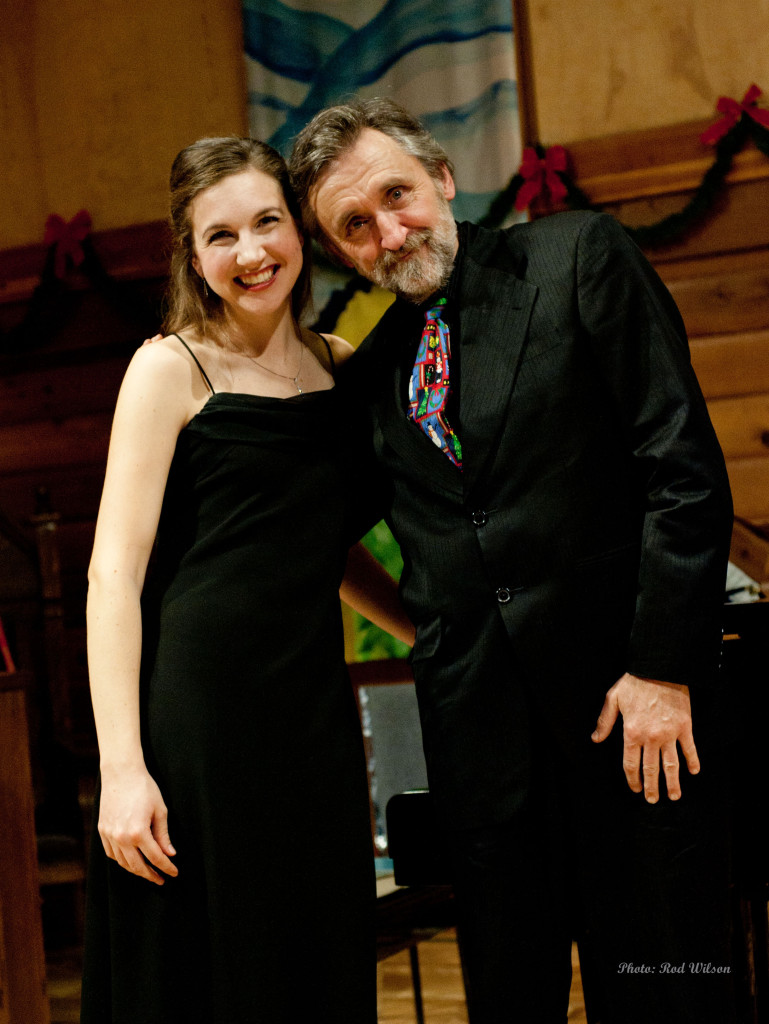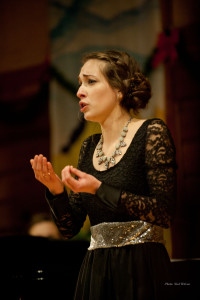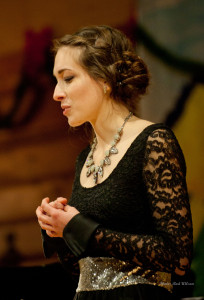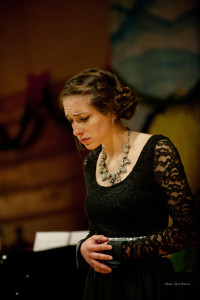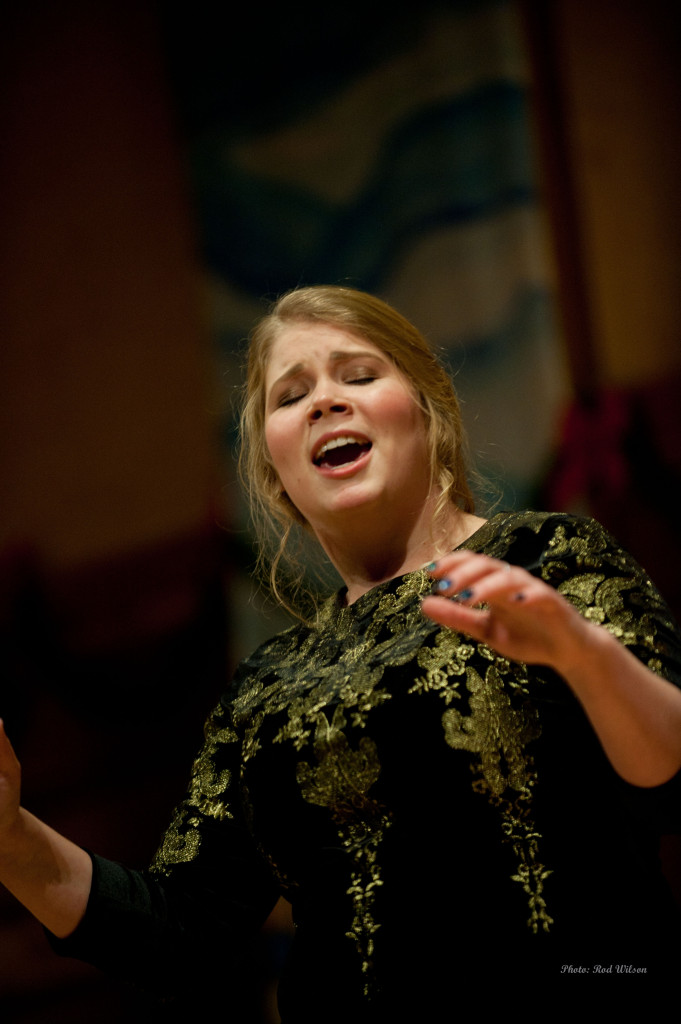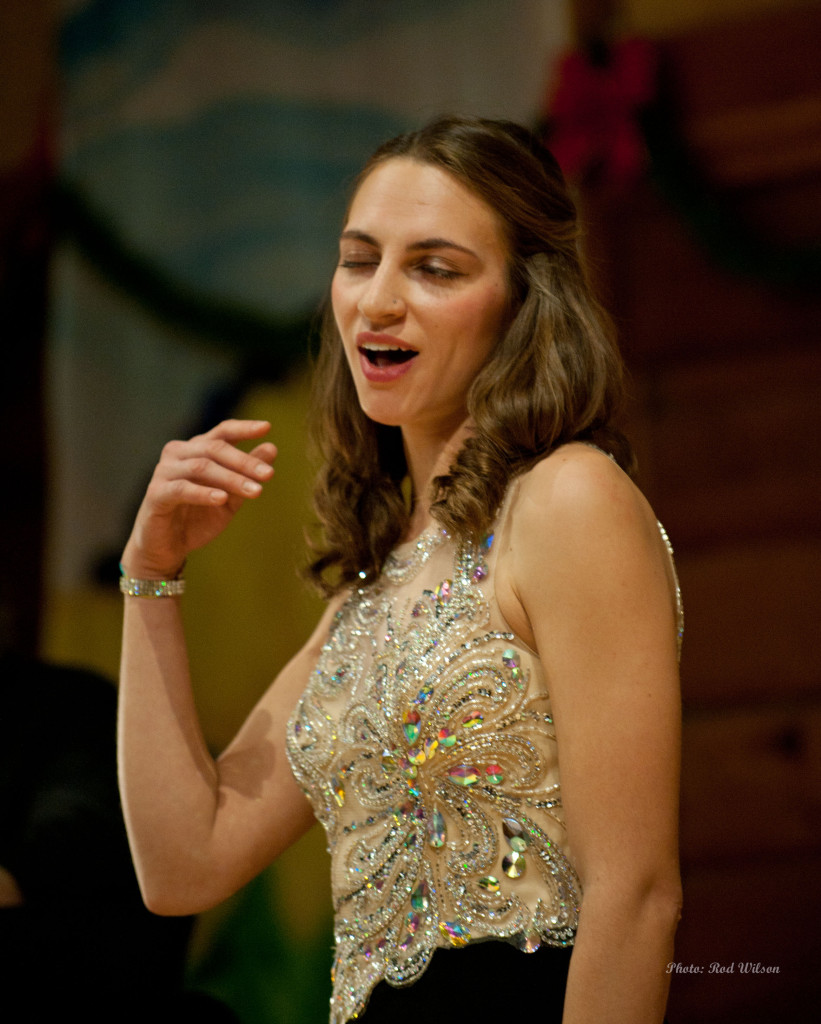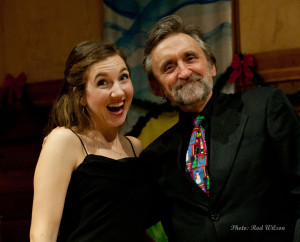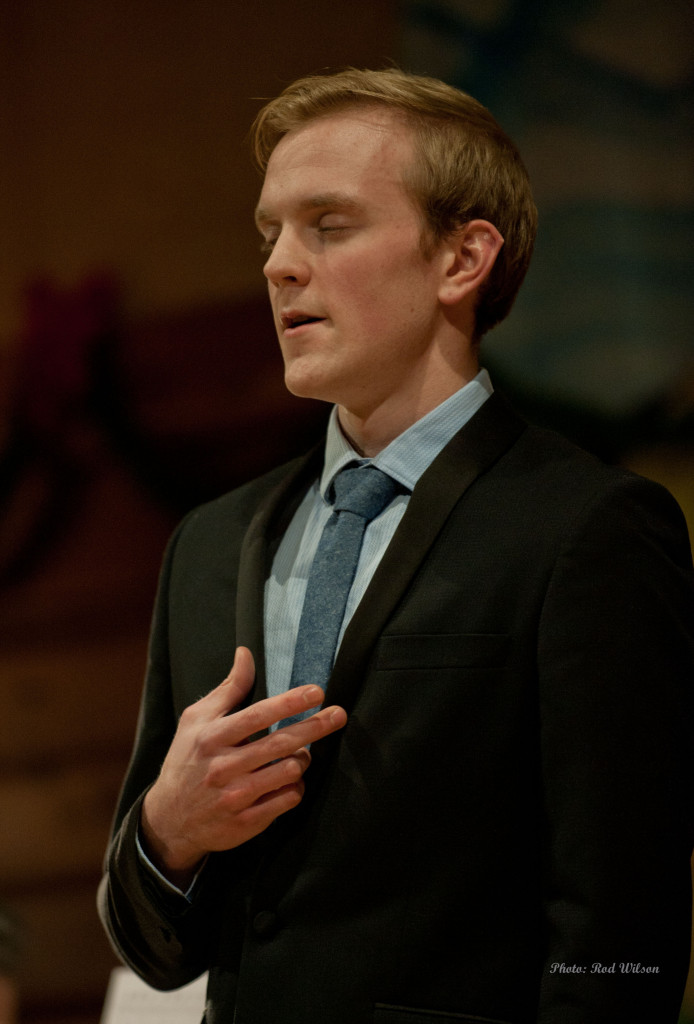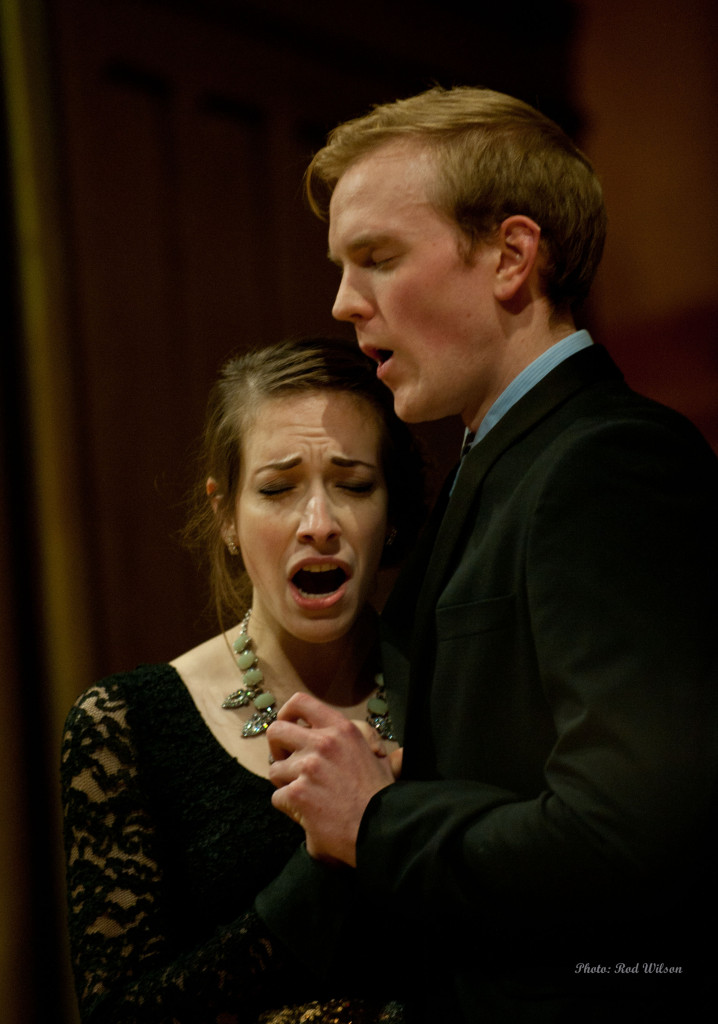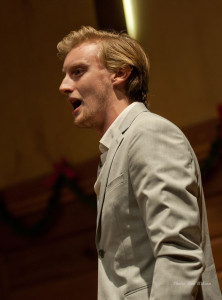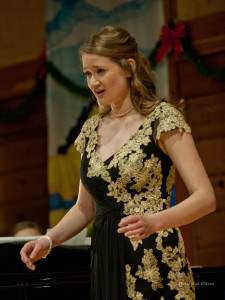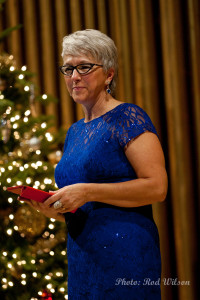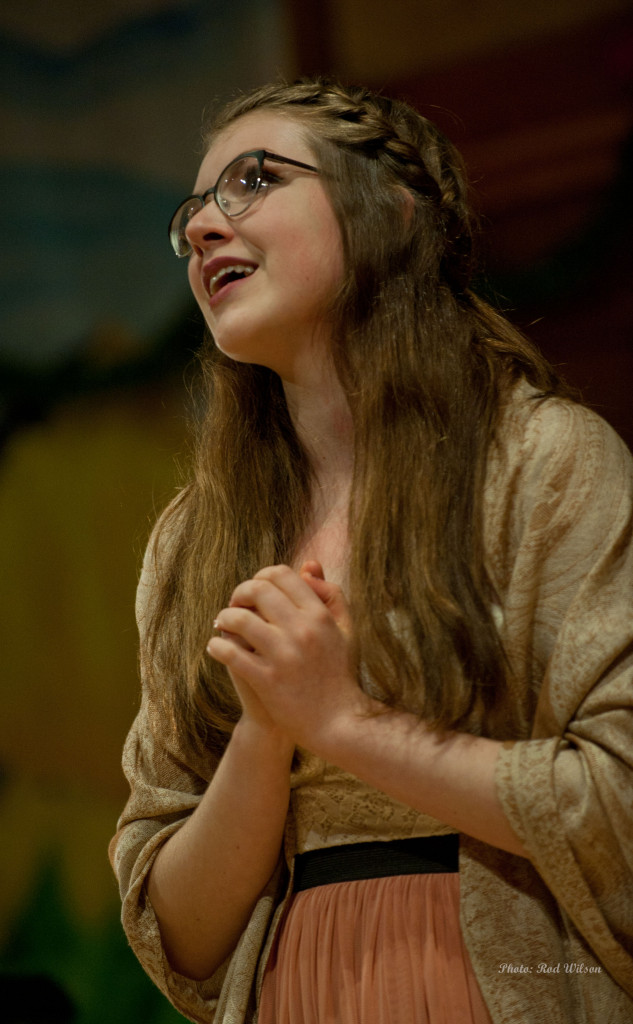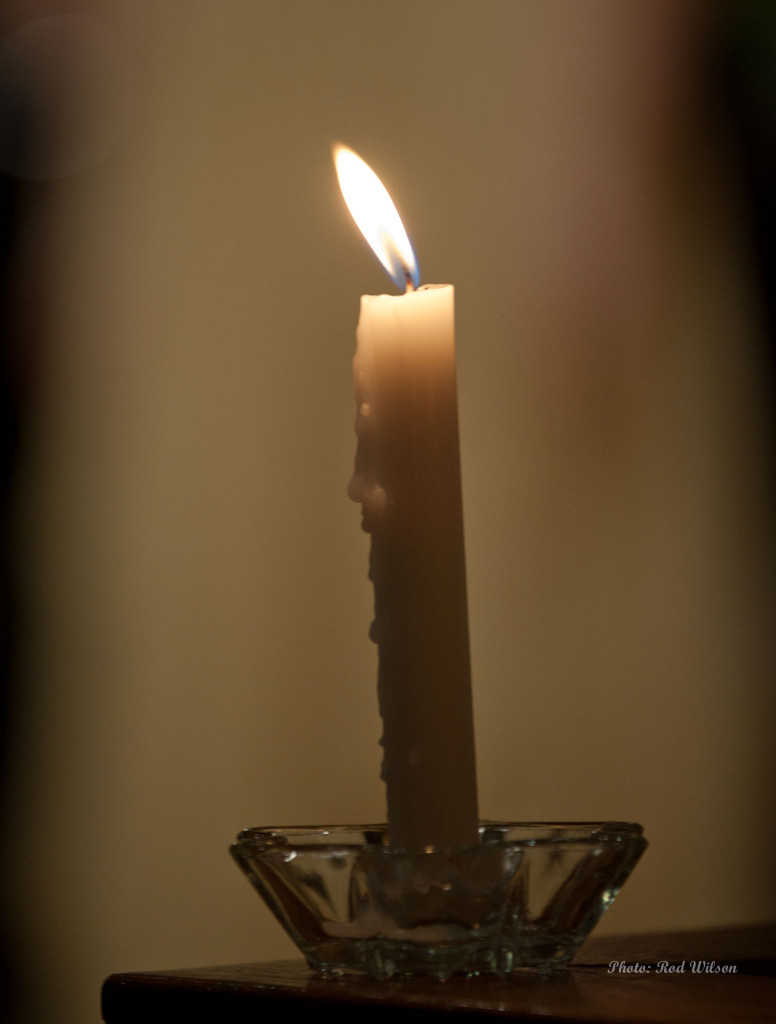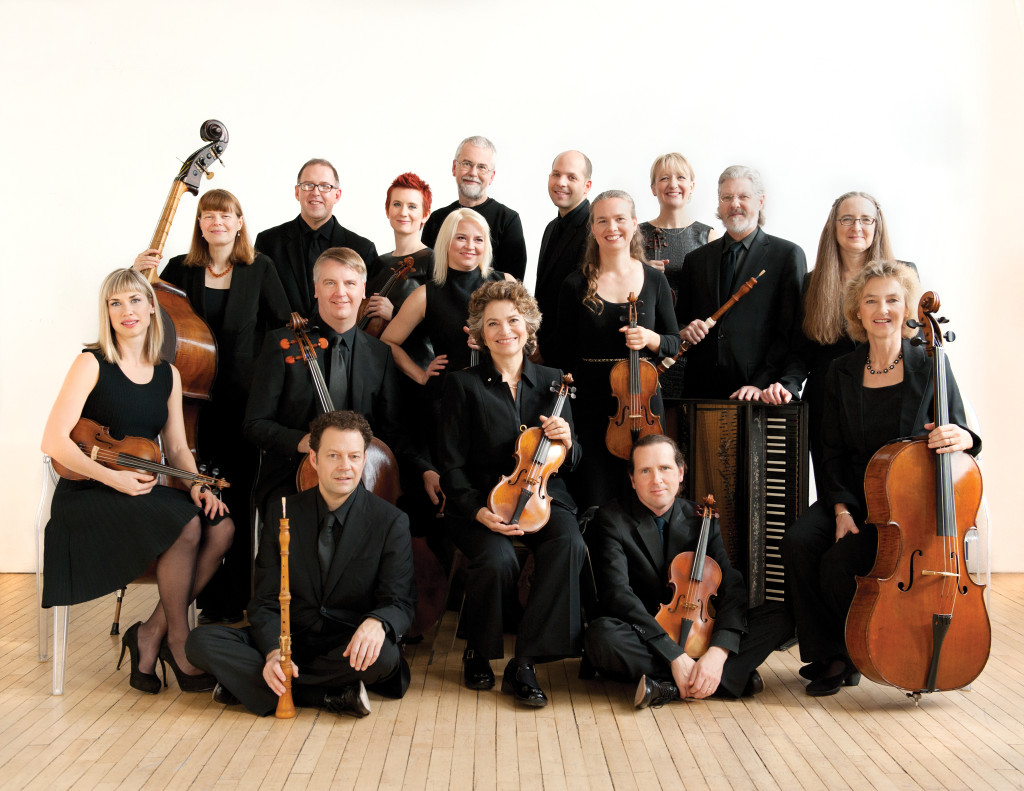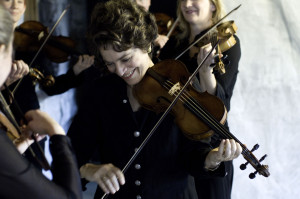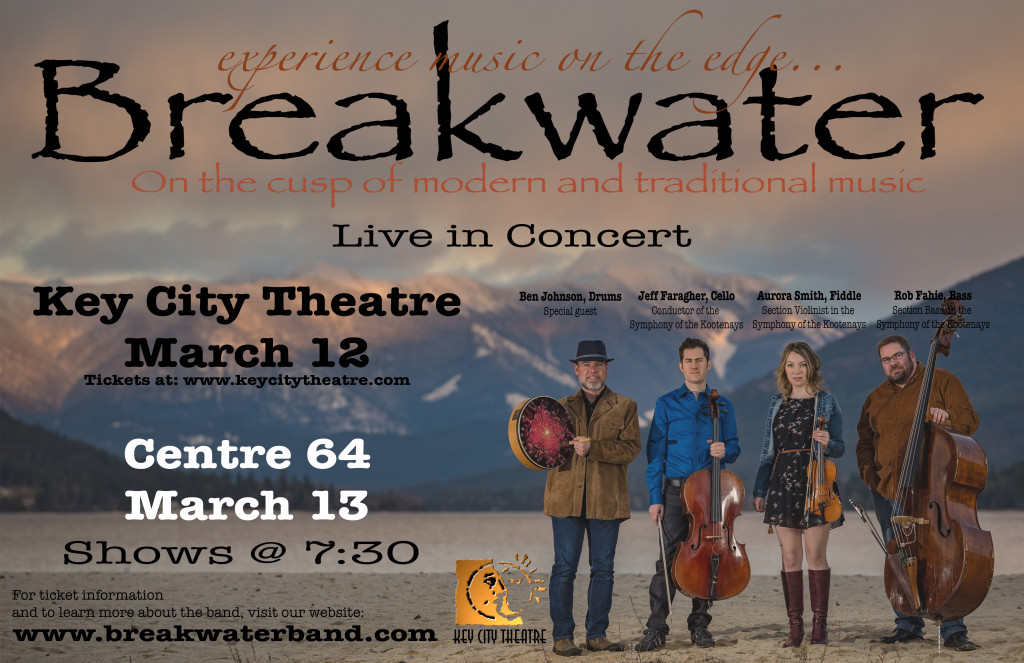
Saturday March 12, 2016, 7:30 pm at the Key City Theatre in Cranbrook performing on the small stage in the foyer.
To the purists this may not really be “Celtic” music but to the rest of us it turned out to be a really interesting “mash up” (Jeff Faragher’s words) of what is a really fascinating 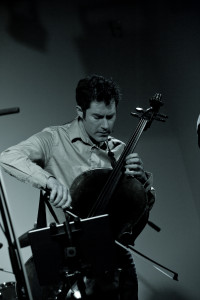 mix of musicians, tunes and styles. Breakwater is a quartet of musicians from the West Kootenays that includes Jeff Faragher on Cello, guitar and vocals,
mix of musicians, tunes and styles. Breakwater is a quartet of musicians from the West Kootenays that includes Jeff Faragher on Cello, guitar and vocals, 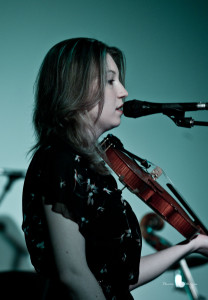 Aurora Smith on vocals and Fiddle, Rob Fahie on Double Bass and Ben Johnson on Drums and Percussion. These musicians come from
Aurora Smith on vocals and Fiddle, Rob Fahie on Double Bass and Ben Johnson on Drums and Percussion. These musicians come from 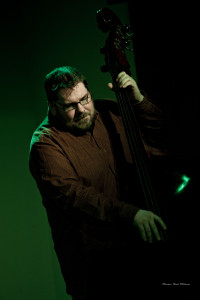 varied backgrounds with impeccable credentials. Jeff is an outstanding classical celloist who has played in a number of local solo and chamber group situations as well being the conductor and soloist with the Symphony of the Kootenays; Rob is originally from the Montreal jazz scene and is also one of the principal bass players in the Symphony of the Kootenays; Aurora is a
varied backgrounds with impeccable credentials. Jeff is an outstanding classical celloist who has played in a number of local solo and chamber group situations as well being the conductor and soloist with the Symphony of the Kootenays; Rob is originally from the Montreal jazz scene and is also one of the principal bass players in the Symphony of the Kootenays; Aurora is a  fiddle player who teaches in Nelson and also performs as a classical violinist in a number of orchestras, including the Symphony of the Kootenays. Ben Johnson is a drummer and percussionist whose primary interest is in Balkan, Greek, Turkish and Middle Eastern music. Apart from percussion he plays a number of instruments from that part of the world including Greek Bouzouki, Oud, Saz and many other instruments with unpronounceable names. With that as the kick off point it is hard to imagine the music being anything other than interesting. The central core of the repertoire is Celtic, specifically, fiddle music, to which the group adds music from the classical masters (J.S. Bach, Dvorak), film music (Game of Thrones, Pirates of the Caribbean), pop music(Coldplay), Canadian (Song of the Mira, Log Drivers Waltz), folk music (Bob Dylan’s Blowing in the Wind), Bluegrass and just about anything else that tickles their imagination. The front line of fiddle, cello and double bass is a combination that fits well with the repertoire. To prove the point they kicked off the evening with a J.S. Bach minuet that morphed into the fiddle tune The Ash Plant. This they followed up with a rousing set of Aurora’s fiddle tunes (The Roaring Barmaid / The New Reel / The Tamlin Reel). After that whirlwind performance Aurora knocked it back a notch by singing The Banks of Loch Lomond followed by the band’s exploration of Jay Ungar’s classic tune The Ashokan Farewell (from Ken Burns PBS Documentary on the American Civil War). For the rest of the evening it was more of the same. Lots of fiddle tunes, including two that I noted for later research when I got home. They were The Pelican Reel (by Gordon Stobbe) and Catharsis (by Amy Cann). There were lots of songs including Jeff Faragher’s outstanding version of Song of the Mira with the tag fiddle tune Stolen Apples (another tune I will have to research). All in all it was an evening of fine music in a performance space, the foyer of the Key City, that has lots of promise. It is a more intimate arena than the performance area in the main theatre. It had good sight lines and sound. However, the lighting was really poor, and I do mean poor. It was dim and marred by undesirable tints from the overhead LEDs. They will have to work on that. A black backdrop curtain would also improve the visuals.
fiddle player who teaches in Nelson and also performs as a classical violinist in a number of orchestras, including the Symphony of the Kootenays. Ben Johnson is a drummer and percussionist whose primary interest is in Balkan, Greek, Turkish and Middle Eastern music. Apart from percussion he plays a number of instruments from that part of the world including Greek Bouzouki, Oud, Saz and many other instruments with unpronounceable names. With that as the kick off point it is hard to imagine the music being anything other than interesting. The central core of the repertoire is Celtic, specifically, fiddle music, to which the group adds music from the classical masters (J.S. Bach, Dvorak), film music (Game of Thrones, Pirates of the Caribbean), pop music(Coldplay), Canadian (Song of the Mira, Log Drivers Waltz), folk music (Bob Dylan’s Blowing in the Wind), Bluegrass and just about anything else that tickles their imagination. The front line of fiddle, cello and double bass is a combination that fits well with the repertoire. To prove the point they kicked off the evening with a J.S. Bach minuet that morphed into the fiddle tune The Ash Plant. This they followed up with a rousing set of Aurora’s fiddle tunes (The Roaring Barmaid / The New Reel / The Tamlin Reel). After that whirlwind performance Aurora knocked it back a notch by singing The Banks of Loch Lomond followed by the band’s exploration of Jay Ungar’s classic tune The Ashokan Farewell (from Ken Burns PBS Documentary on the American Civil War). For the rest of the evening it was more of the same. Lots of fiddle tunes, including two that I noted for later research when I got home. They were The Pelican Reel (by Gordon Stobbe) and Catharsis (by Amy Cann). There were lots of songs including Jeff Faragher’s outstanding version of Song of the Mira with the tag fiddle tune Stolen Apples (another tune I will have to research). All in all it was an evening of fine music in a performance space, the foyer of the Key City, that has lots of promise. It is a more intimate arena than the performance area in the main theatre. It had good sight lines and sound. However, the lighting was really poor, and I do mean poor. It was dim and marred by undesirable tints from the overhead LEDs. They will have to work on that. A black backdrop curtain would also improve the visuals.
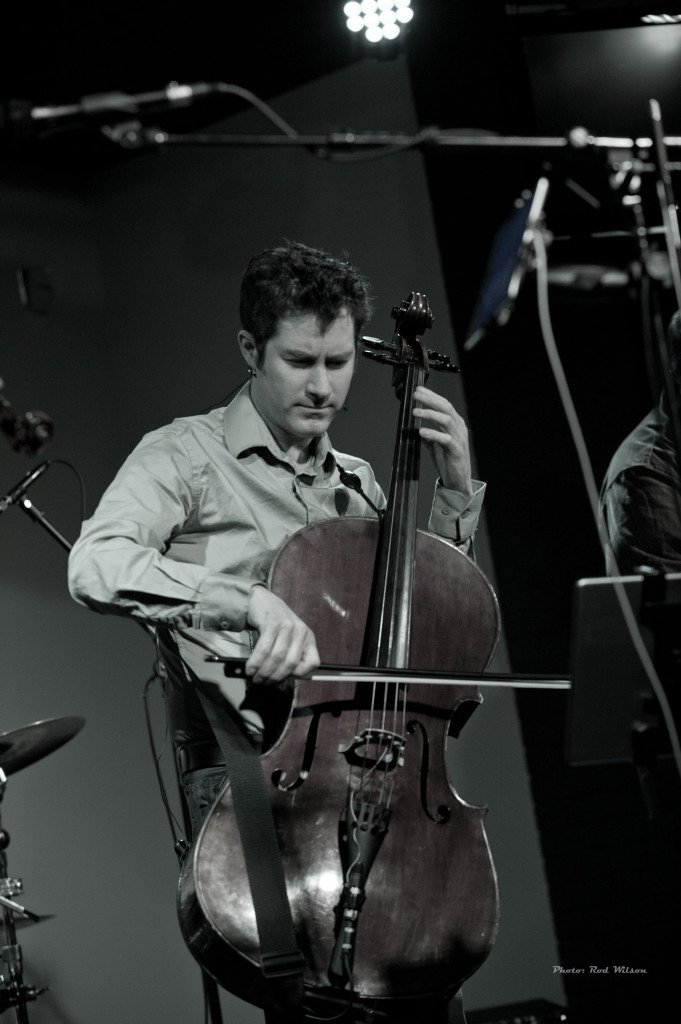
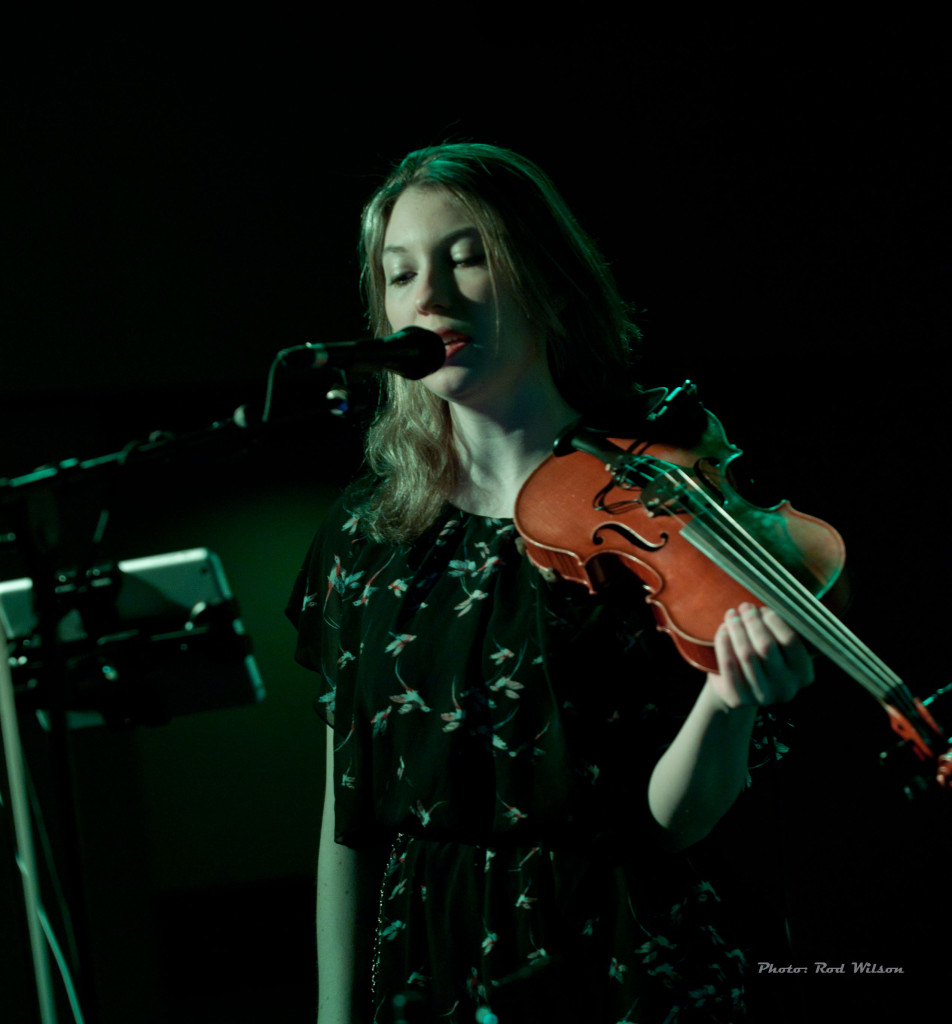
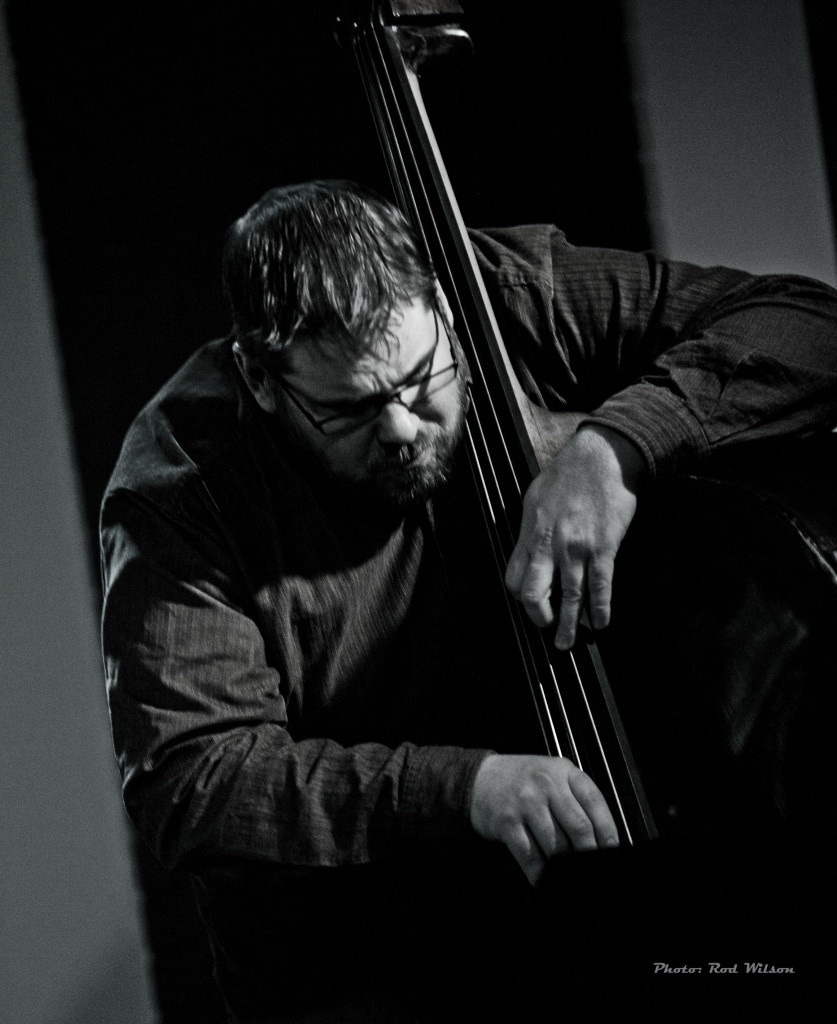
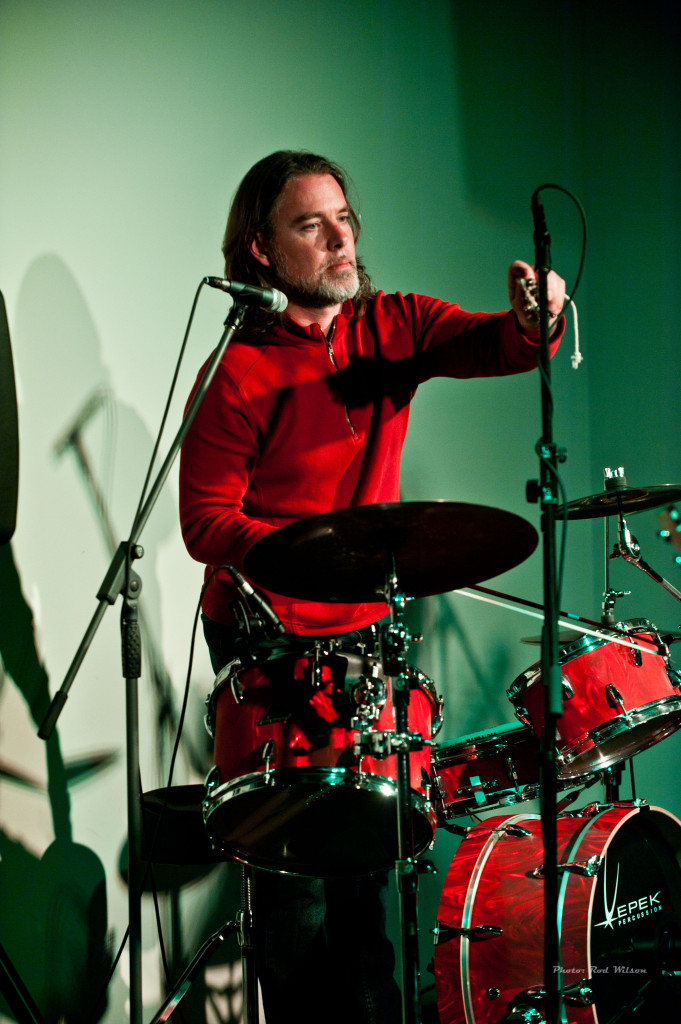
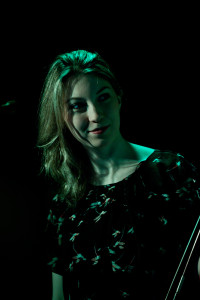
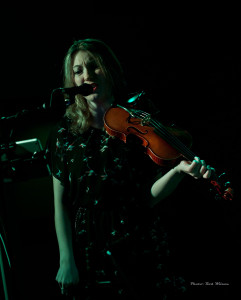
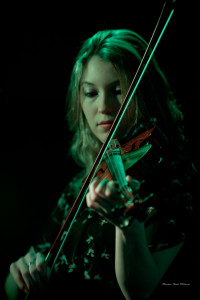
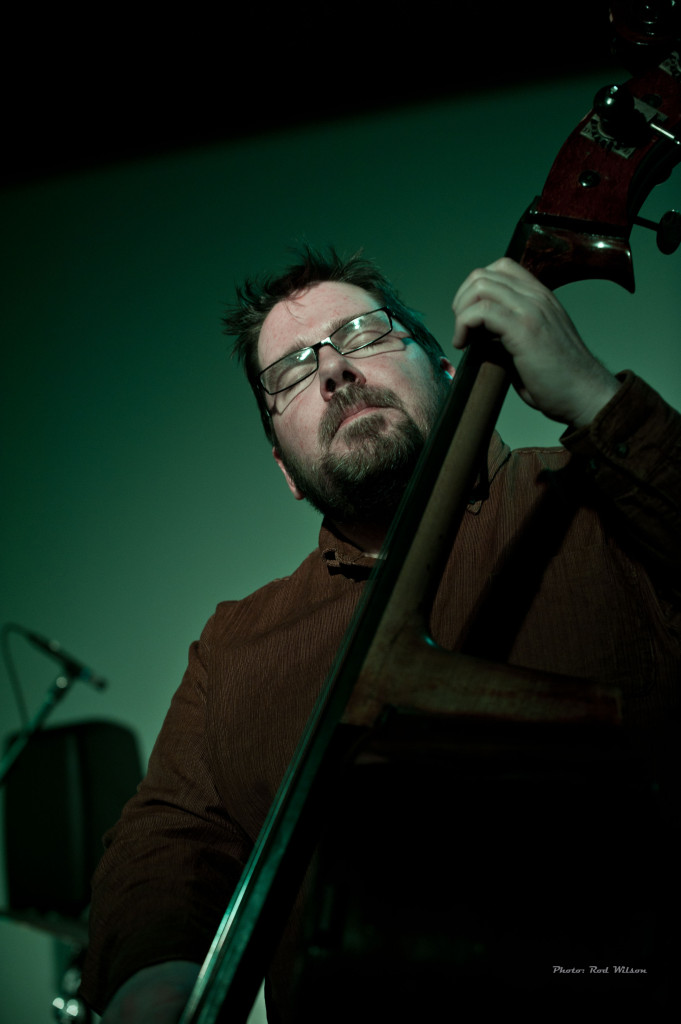
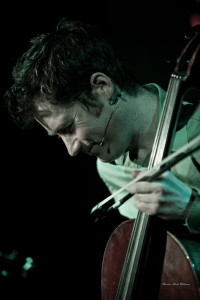
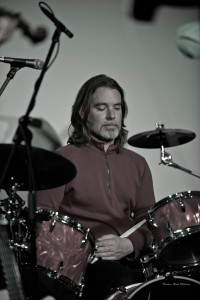
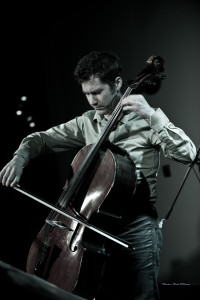
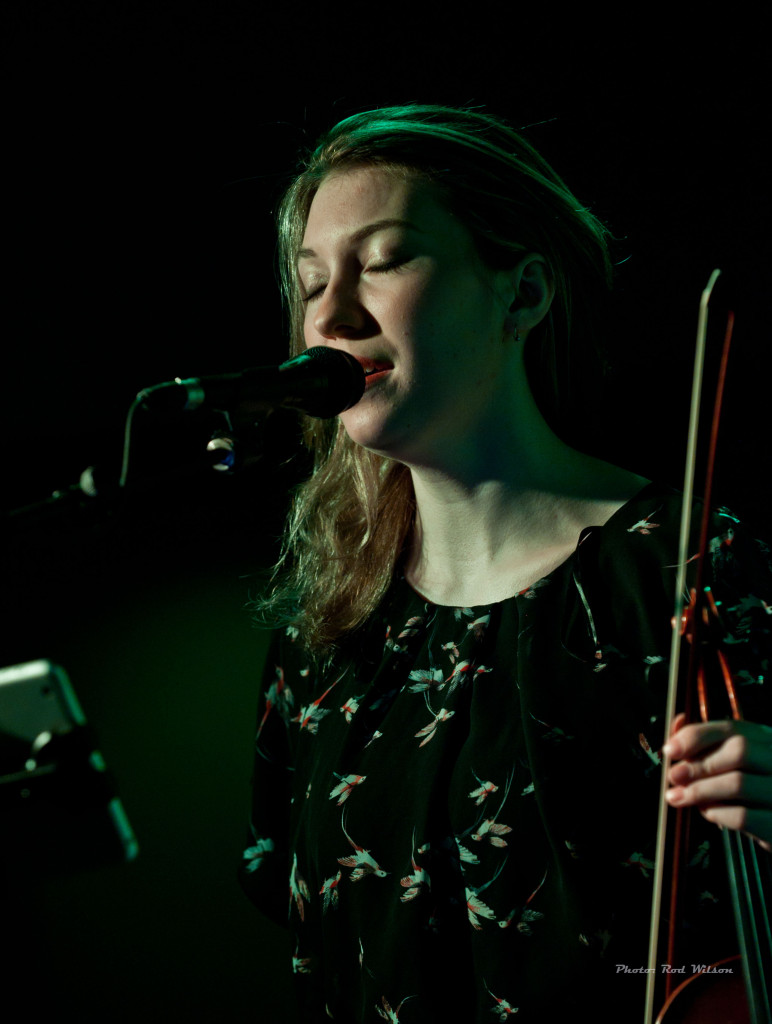
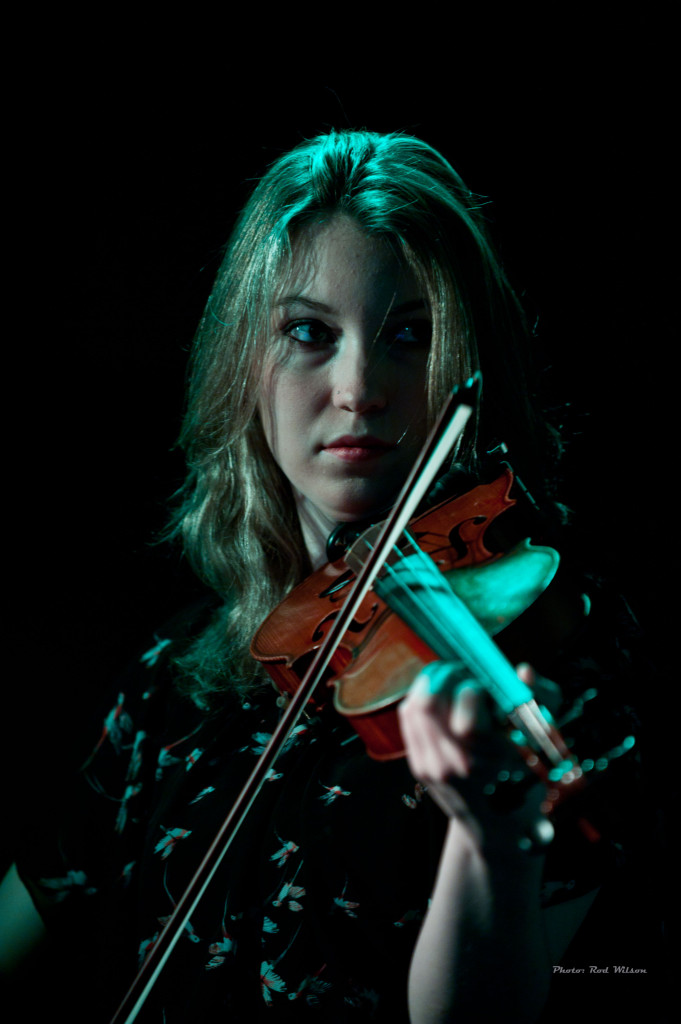
@@@@@@@@@@
Sunday March 13, 2016, 7:30 pm at the Studio 64 (Centre 64) in Kimberley.
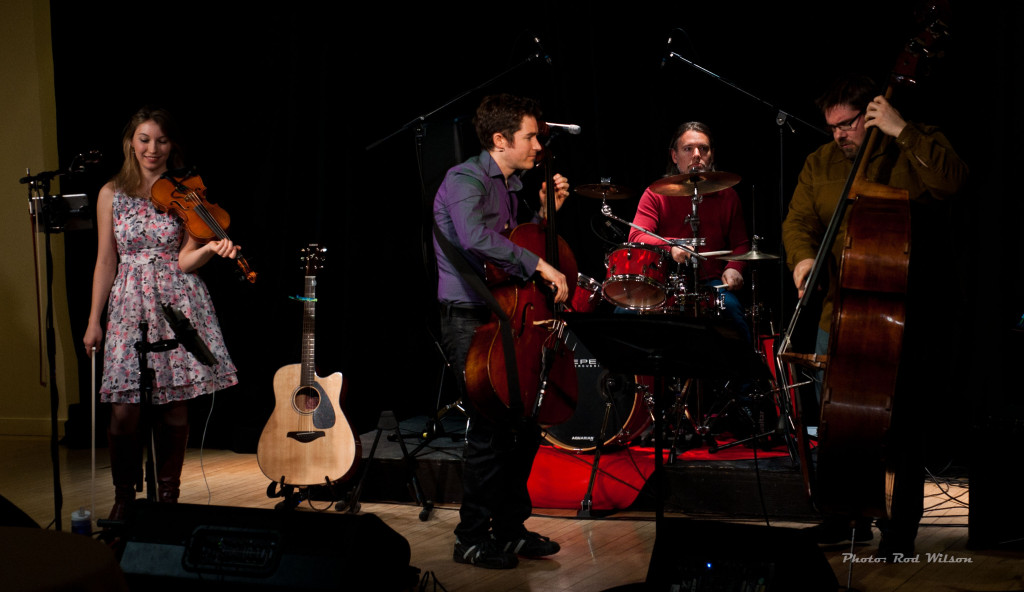
The concept of the “Small Stage” at the Key City and Studio 64 in Centre 64 is much the same. The idea is to create a small performance area with a cabaret like atmosphere with available refreshments and snacks. By and large they have both succeeded, albeit with 5 year head start Studio 64 is closer to finalization. Within the past few years Studio 64 has manged to improve the performance area with a large black back drop curtain and a sophisticated lighting system. The lighting and sound are managed by Ray’s music and the results are first class. All that remains to be improved are the sight lines by the installation of a slightly raised stage for the performers. That is in the works. On the other hand the Key City “Small Stage” is only in the first year of development. On the positive side, with the raised stage the sight lines are good but there is real need for a black backdrop curtain and an improved or better managed lighting system. The sound is good but the lighting is very, very poor.
Breakwater performed the same program at both venues and with the better lighting the Studio 64 performance had more appeal. Below are images from the latter concert. You be the judge of the visuals.
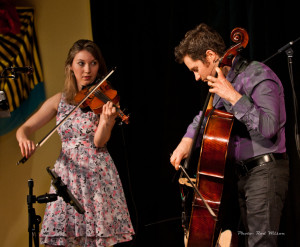
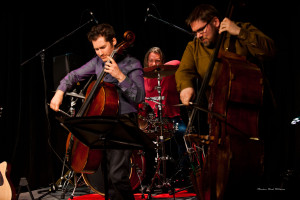
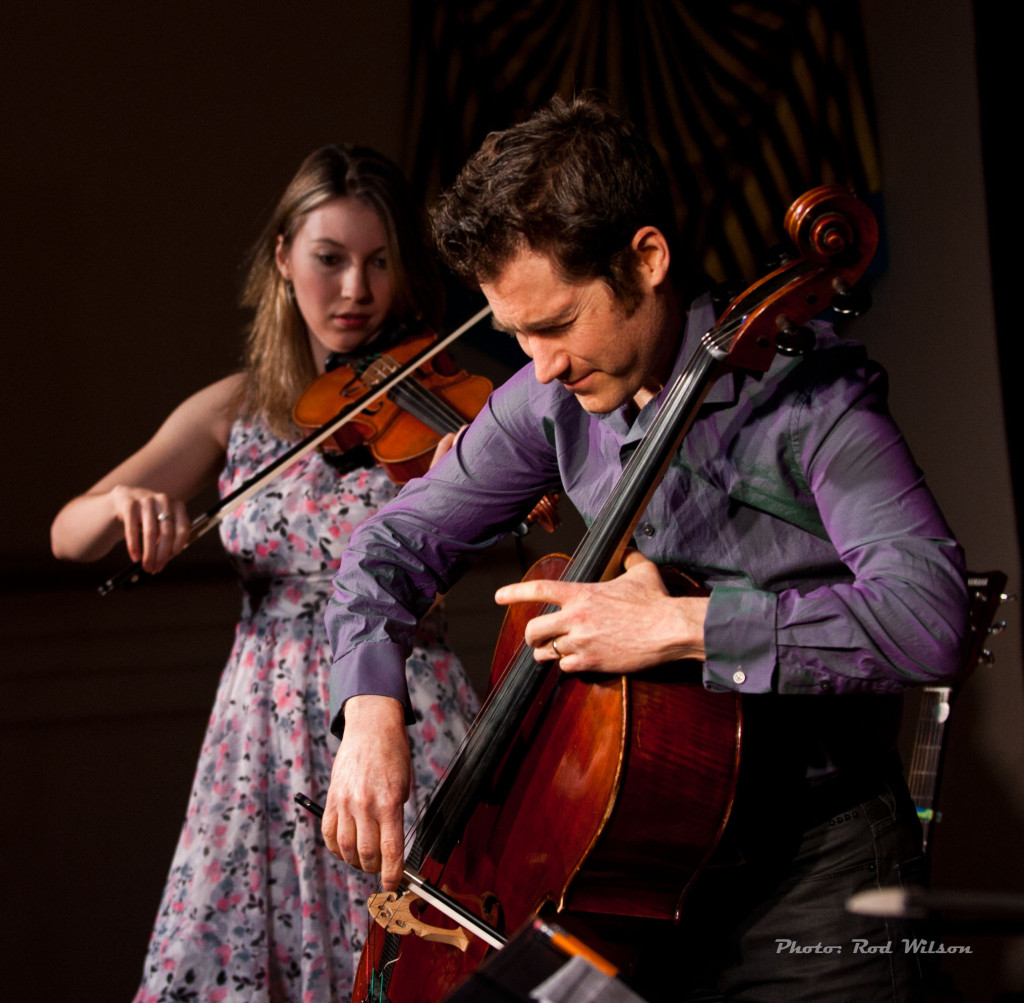
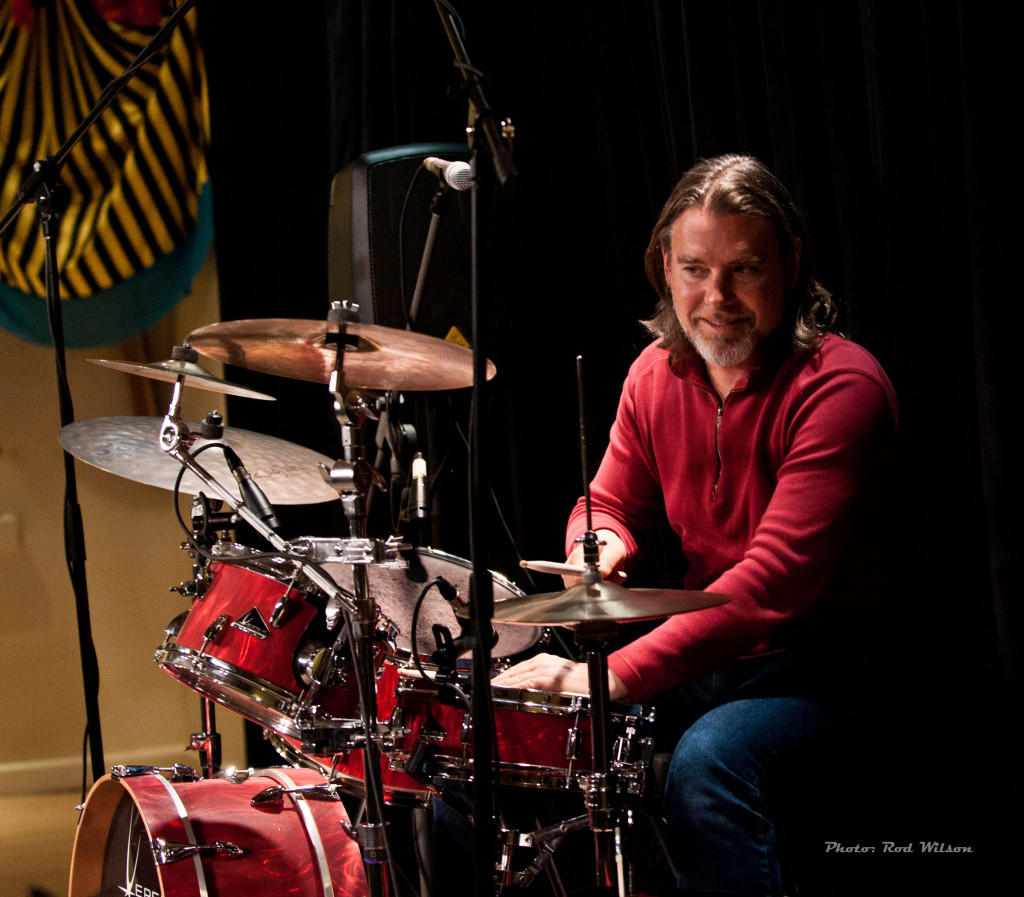
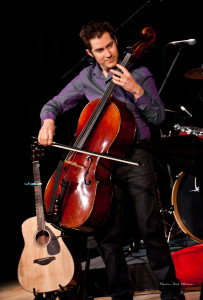
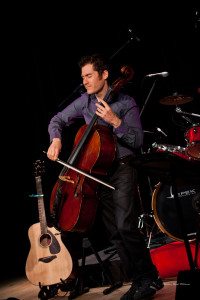

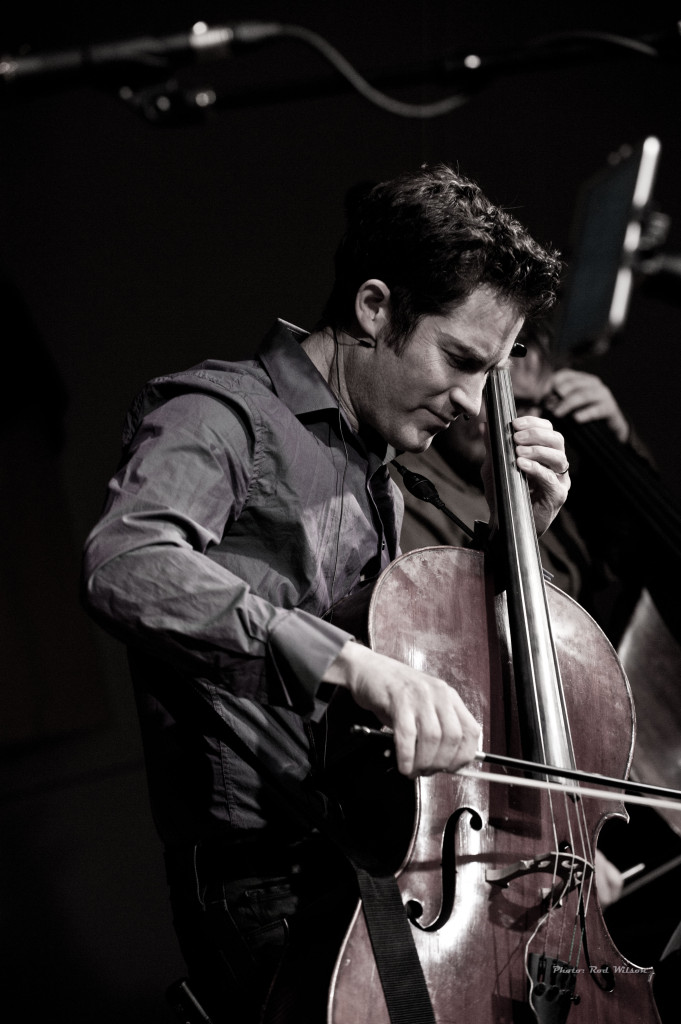
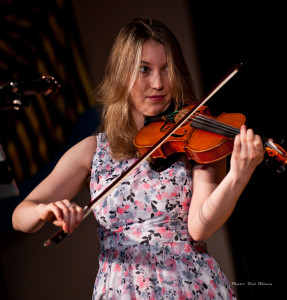
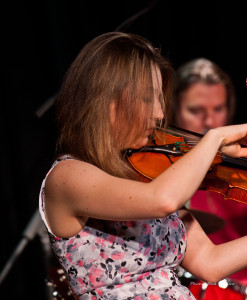

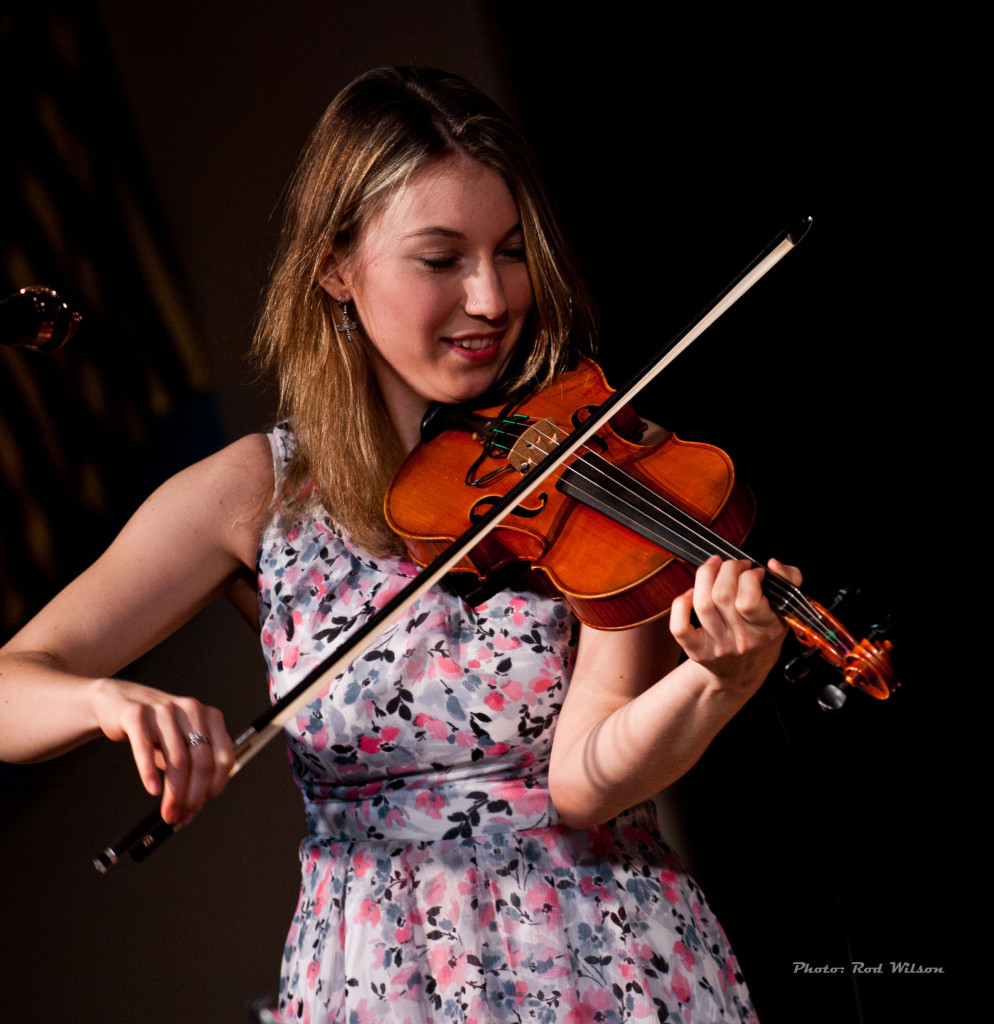
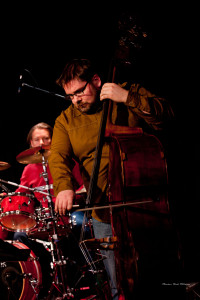
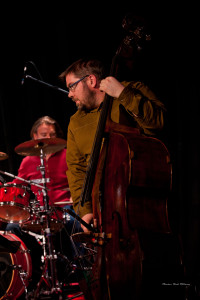

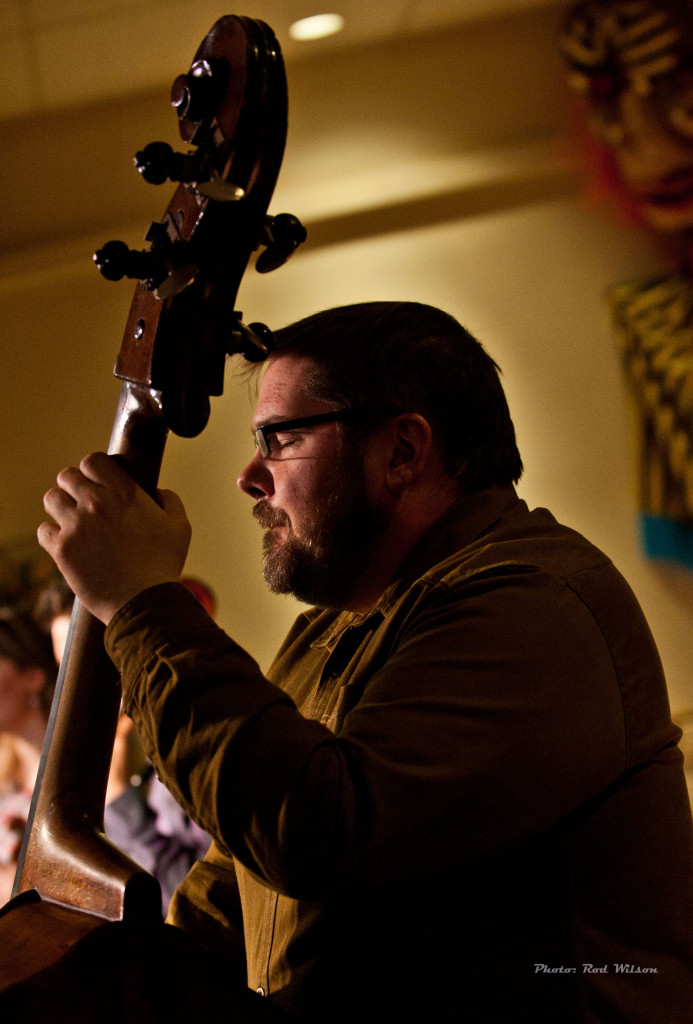
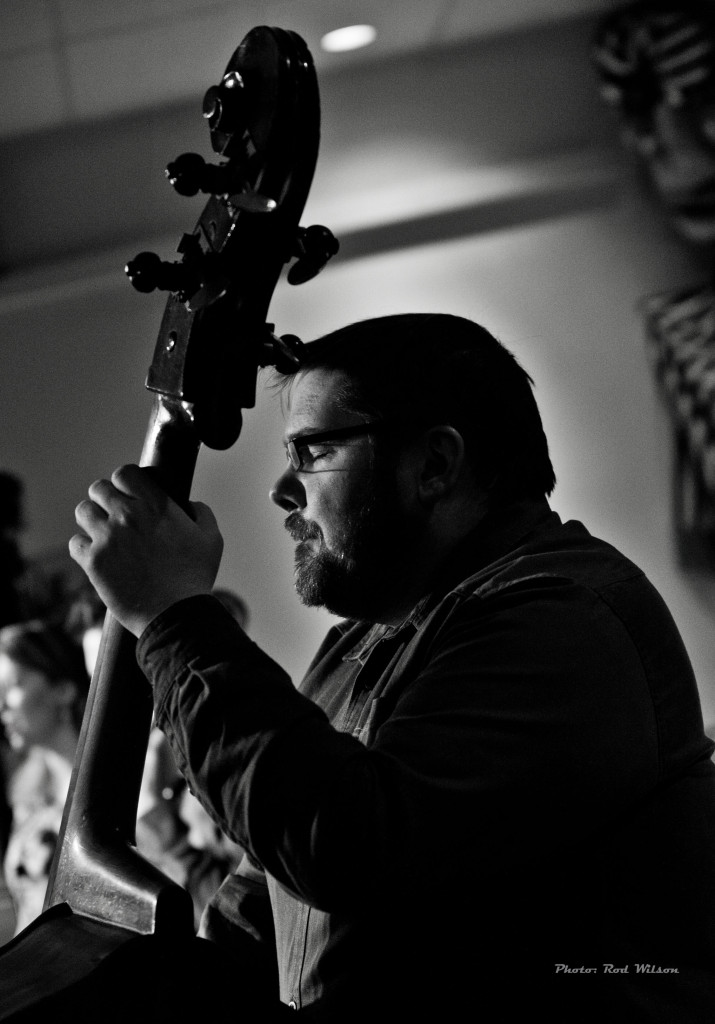
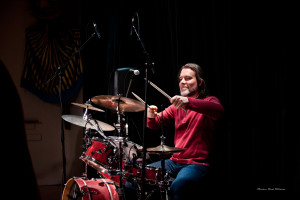
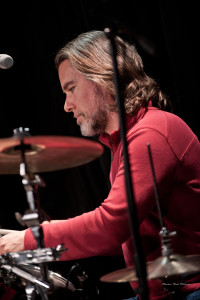
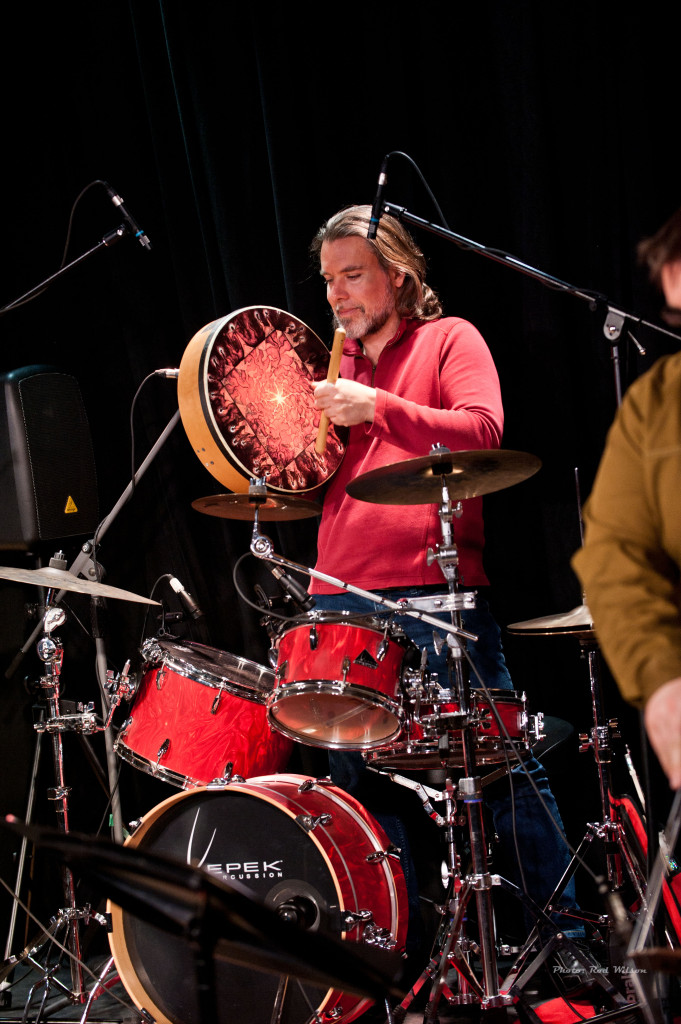
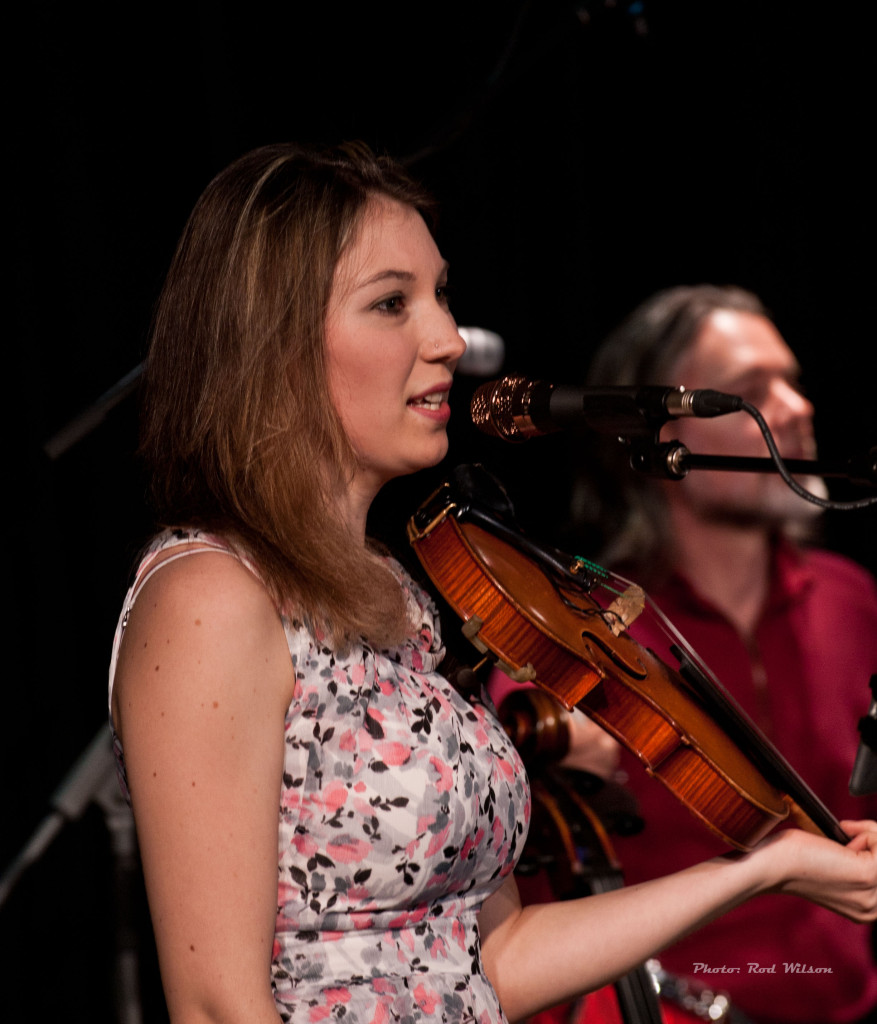
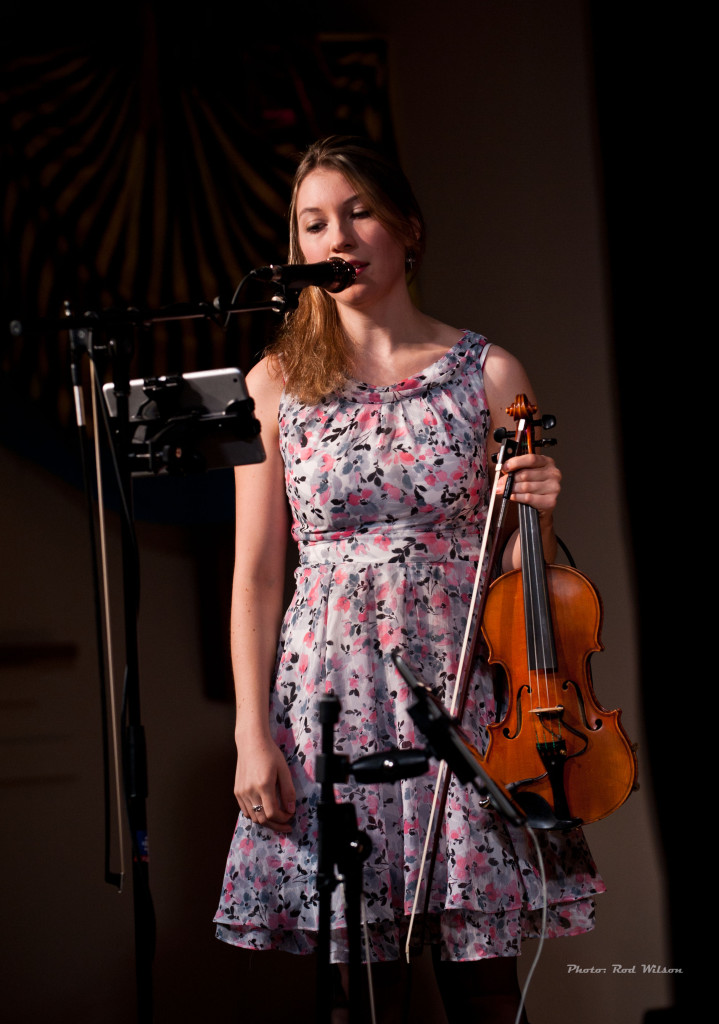
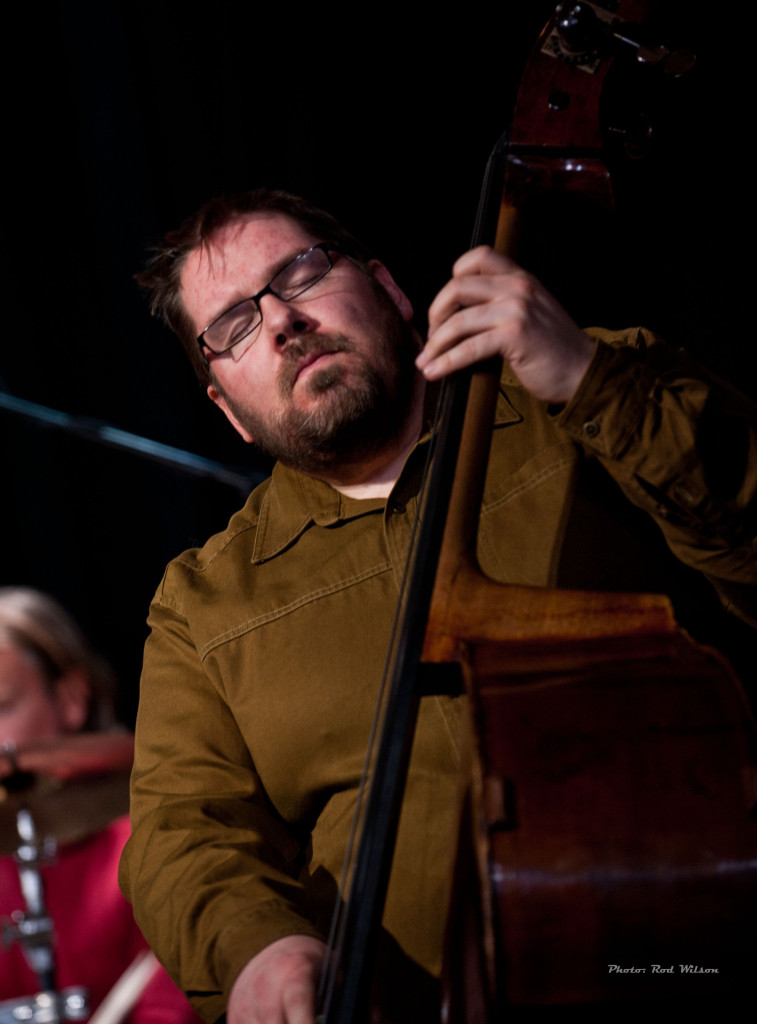
Breakwater – two fabulous concerts with great visuals and great music. I’m looking forward to their return to this area. When they do make sure to mark it on it is on your calendar.
@@@@@@@@@@@@@@

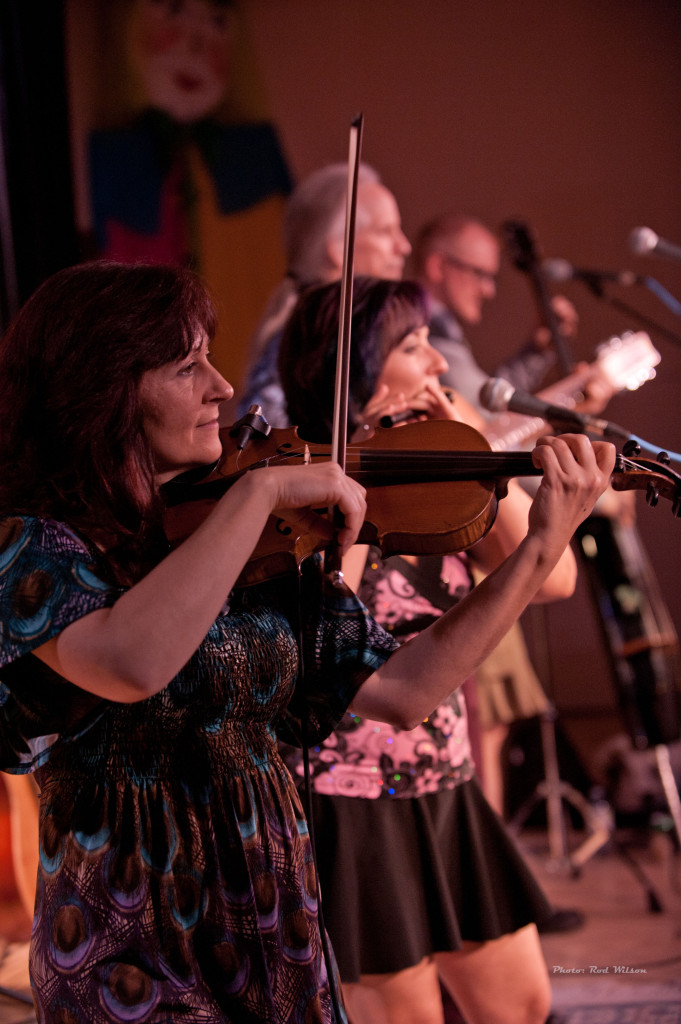
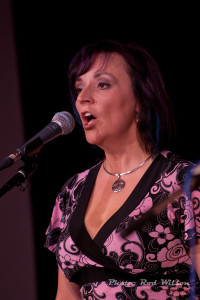 party pieces; Michelle Carlisle on her original song Open Skies, Rosie Carver on the French Canadian Mouth of the Tobique (one of my favorite French Canadian tunes), Nathaniel Gow’s (Scottish) Petronella and a four section traditional French reel Le violon accorde comme une viole;
party pieces; Michelle Carlisle on her original song Open Skies, Rosie Carver on the French Canadian Mouth of the Tobique (one of my favorite French Canadian tunes), Nathaniel Gow’s (Scottish) Petronella and a four section traditional French reel Le violon accorde comme une viole; 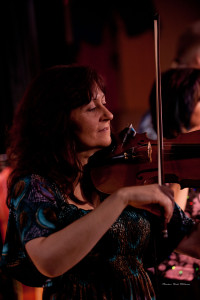 Tim Renaud shone on the Andy M. Stewart’s mighty ode to the girl of his dreams The Queen of Argyll – it gave Tim a chance to step up to the plate with his octave mandolin, a instrument that always causes some confusion – is it an octave mandolin, a
Tim Renaud shone on the Andy M. Stewart’s mighty ode to the girl of his dreams The Queen of Argyll – it gave Tim a chance to step up to the plate with his octave mandolin, a instrument that always causes some confusion – is it an octave mandolin, a 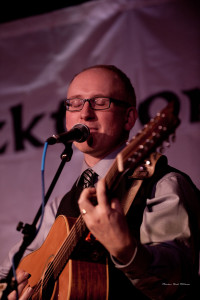 mandola, or a short scale Irish Bouzouki? – most of it depends on how it is tuned. Attached to the song The Queen of Argyll was Rosie Carver’s little dash of Hungarian spice in the tune Paprika, a very interesting tune in an unusual 10/8 time signature. Michael Viens party pieces included Las Vegas in the hills of Donegal and a selection of French Canadian tunes from his
mandola, or a short scale Irish Bouzouki? – most of it depends on how it is tuned. Attached to the song The Queen of Argyll was Rosie Carver’s little dash of Hungarian spice in the tune Paprika, a very interesting tune in an unusual 10/8 time signature. Michael Viens party pieces included Las Vegas in the hills of Donegal and a selection of French Canadian tunes from his 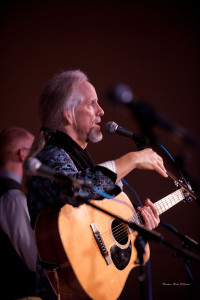 childhood in Maillardvile, the French Canadian quarter of Port Coquitlam. It was an outstanding night of music that came to an emotional close with full on audience participation in the grand finale of Loch Lomond and The Dark Island. I don’t know why the lines “you take the high road and I’ll take the low road and I’ll be in Scotland before ye” exerts such strong emotional pull on a bunch of foreigners who have never been to Scotland. Never-the-less that strong pull was there and the audience was singing it’s heart out at the close of the Saturday night concert at Stage 64 in Kimberley. Here are some more images:
childhood in Maillardvile, the French Canadian quarter of Port Coquitlam. It was an outstanding night of music that came to an emotional close with full on audience participation in the grand finale of Loch Lomond and The Dark Island. I don’t know why the lines “you take the high road and I’ll take the low road and I’ll be in Scotland before ye” exerts such strong emotional pull on a bunch of foreigners who have never been to Scotland. Never-the-less that strong pull was there and the audience was singing it’s heart out at the close of the Saturday night concert at Stage 64 in Kimberley. Here are some more images: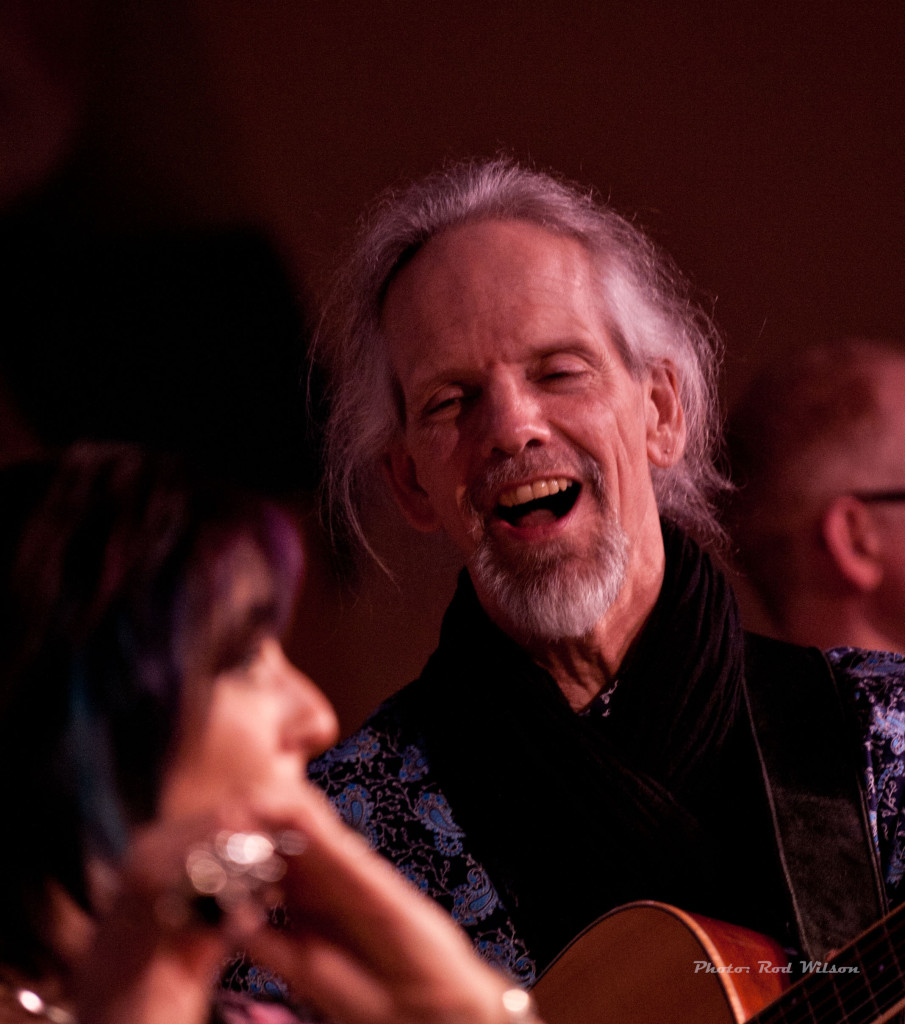
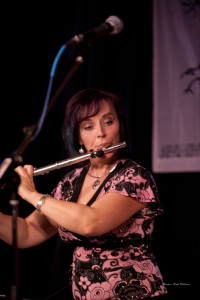
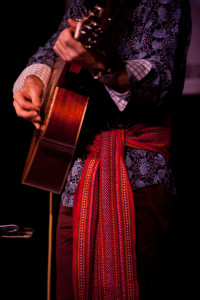
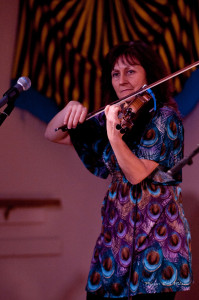
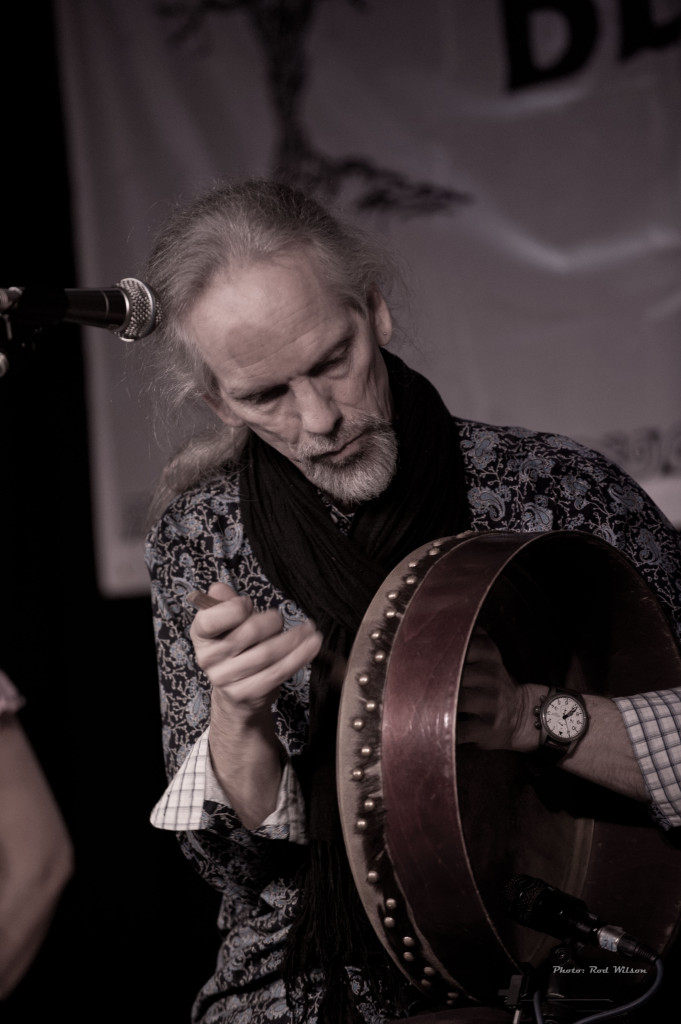
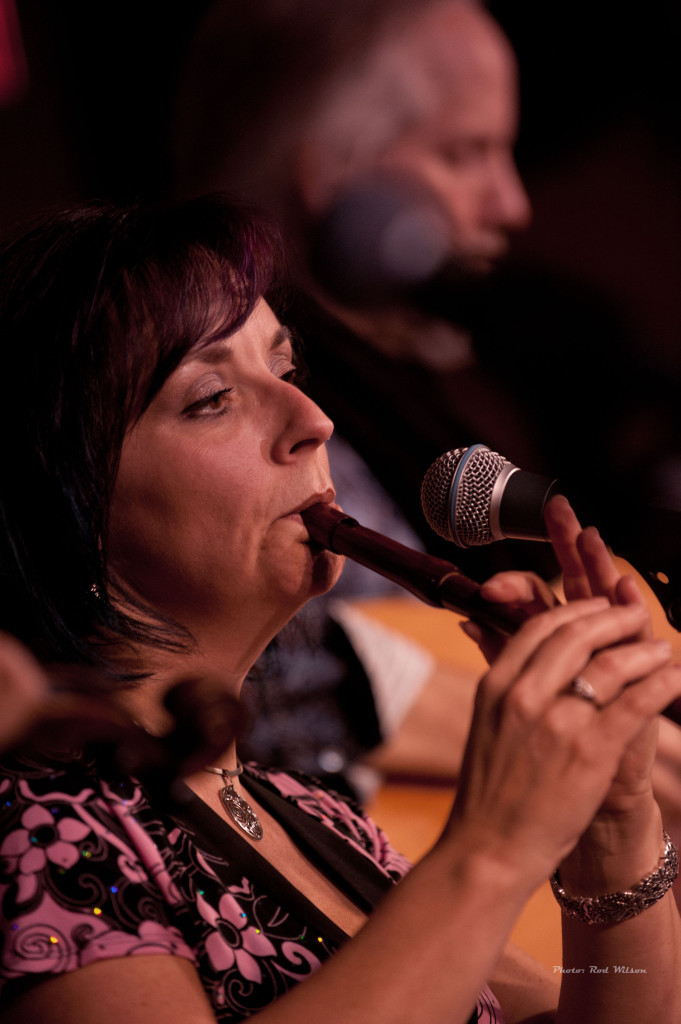
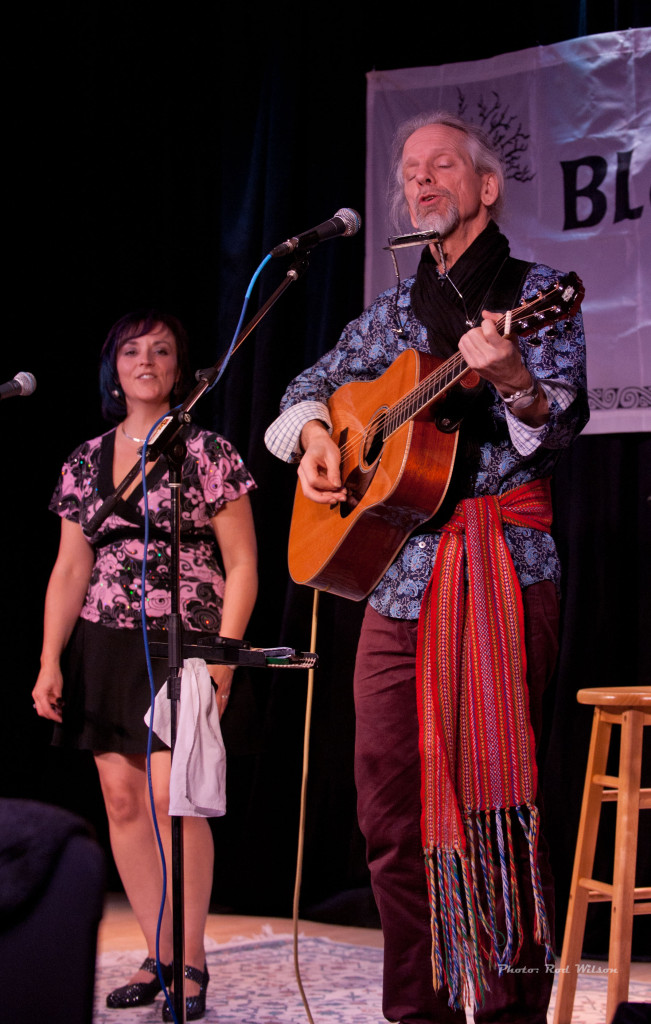
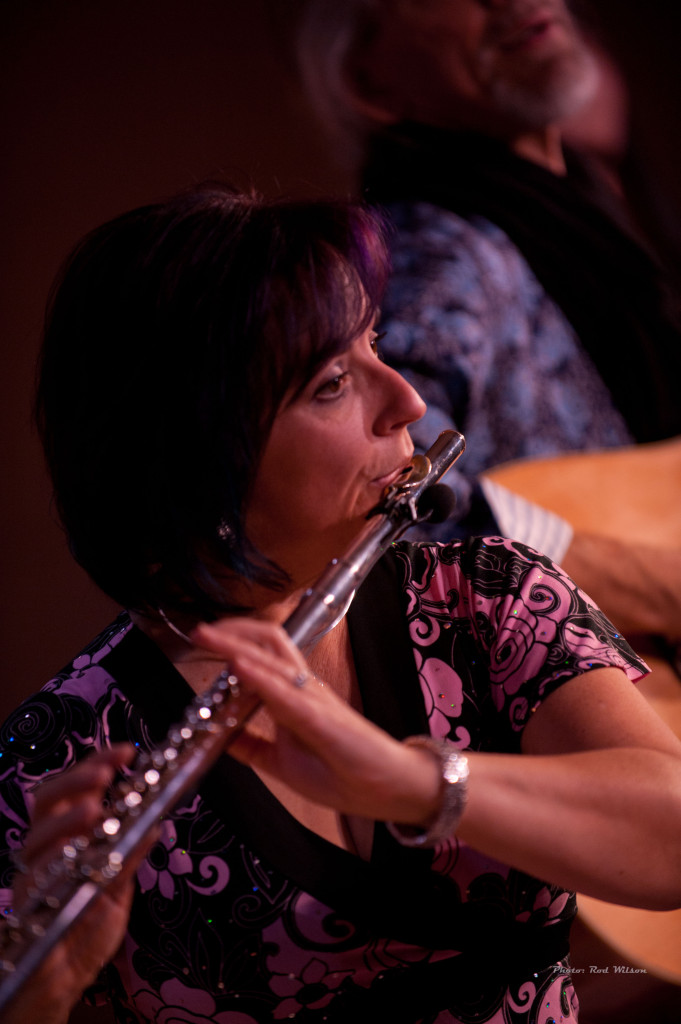
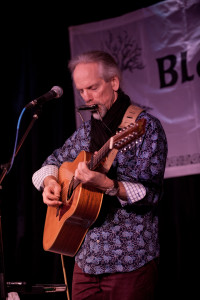

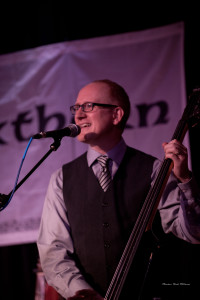
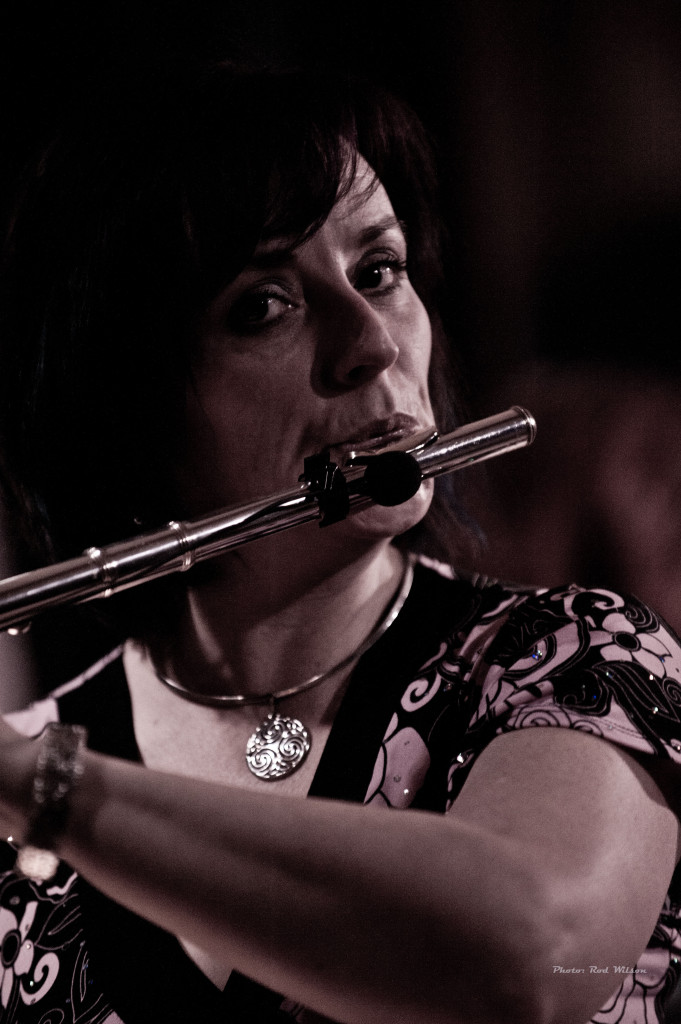
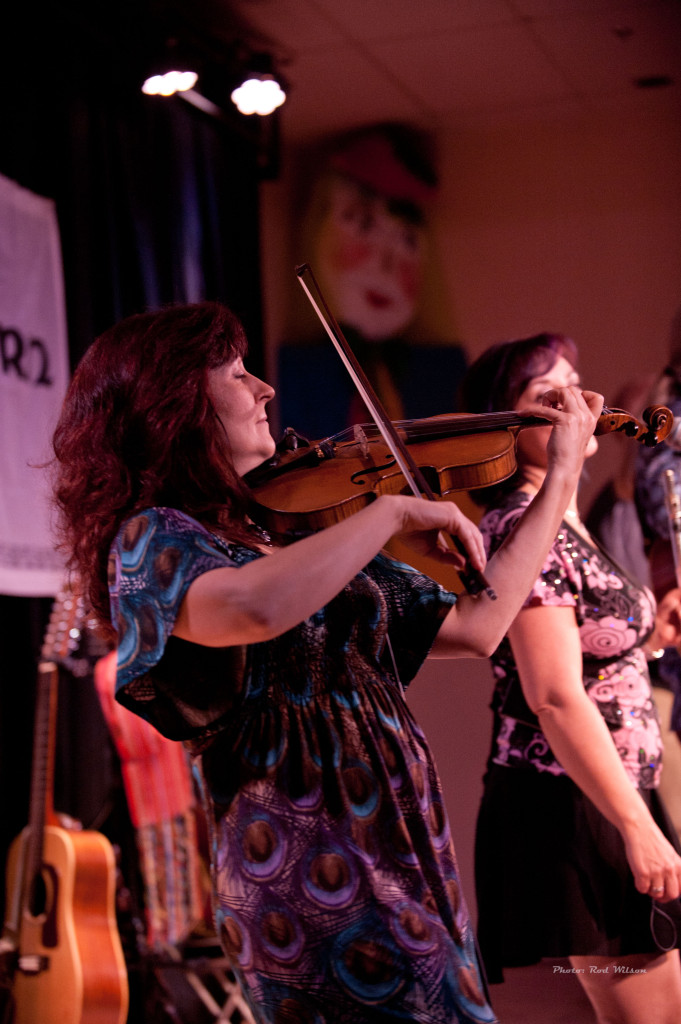
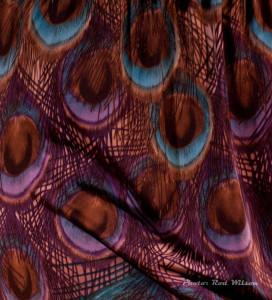
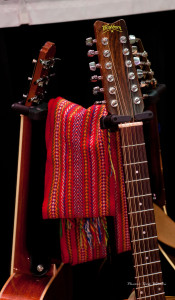
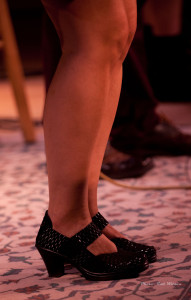
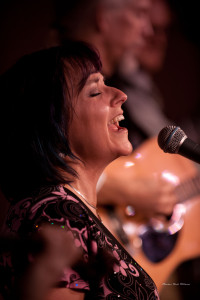
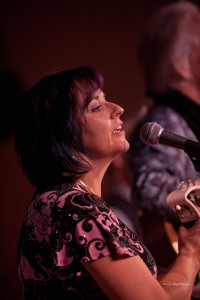
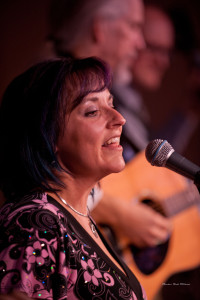
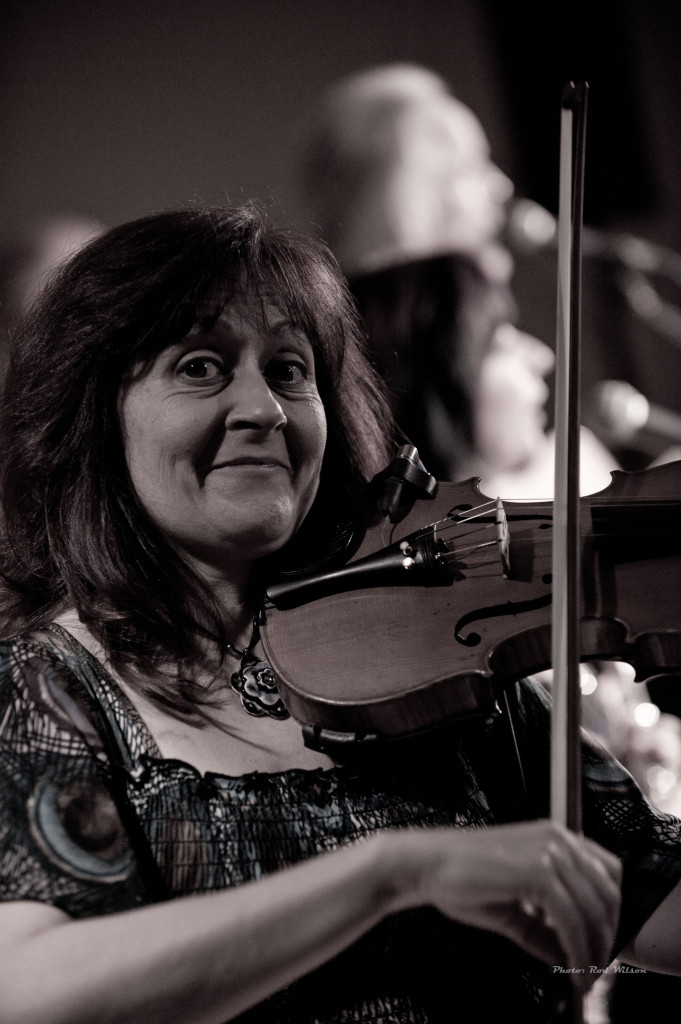
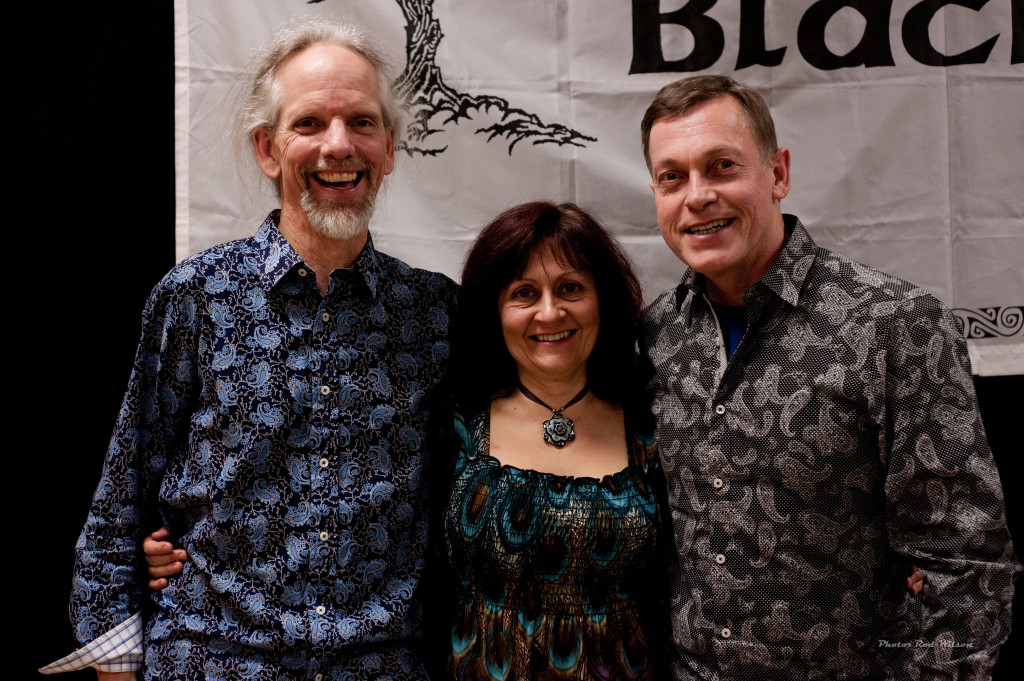
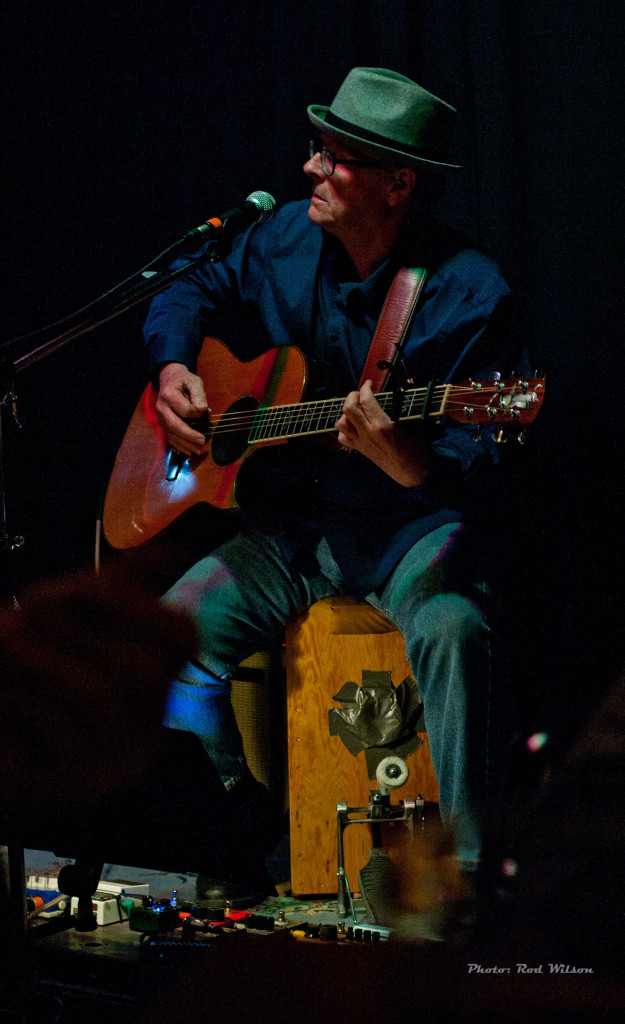
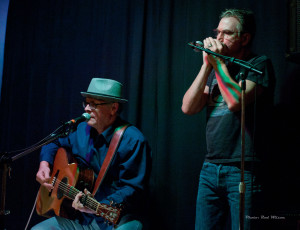

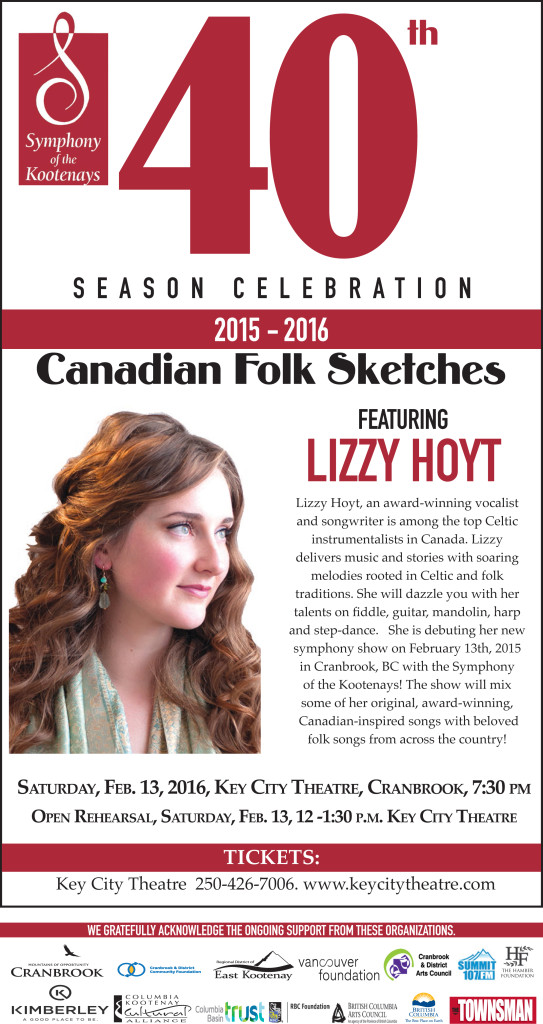
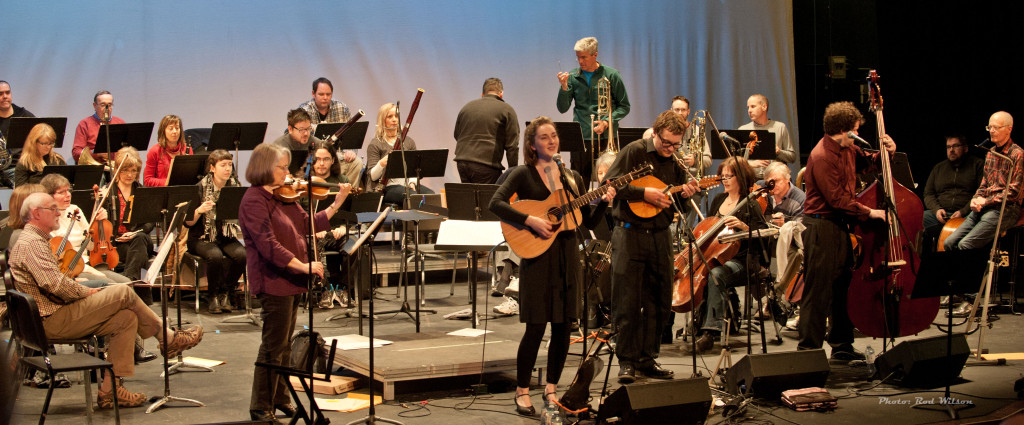
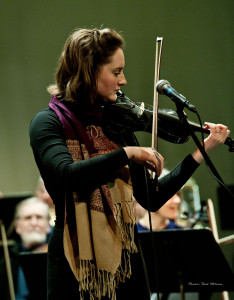

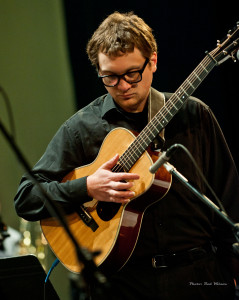

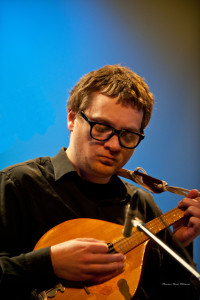
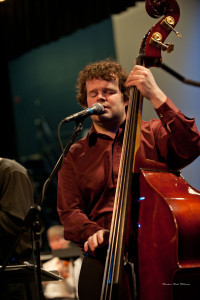
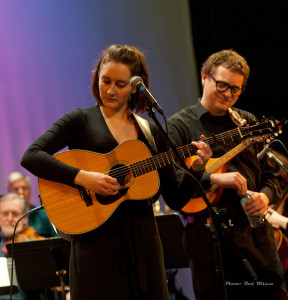
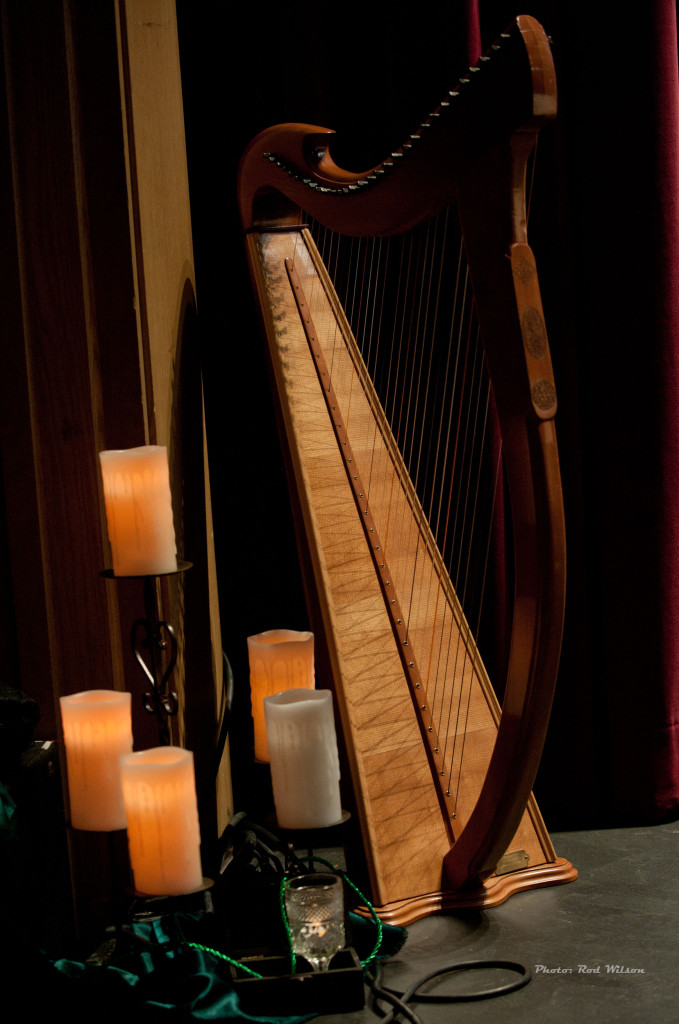
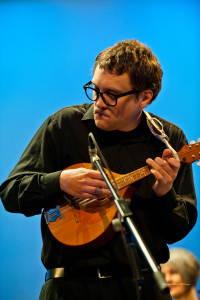
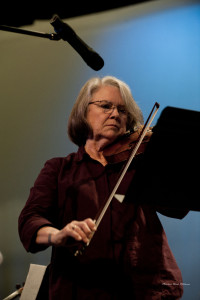

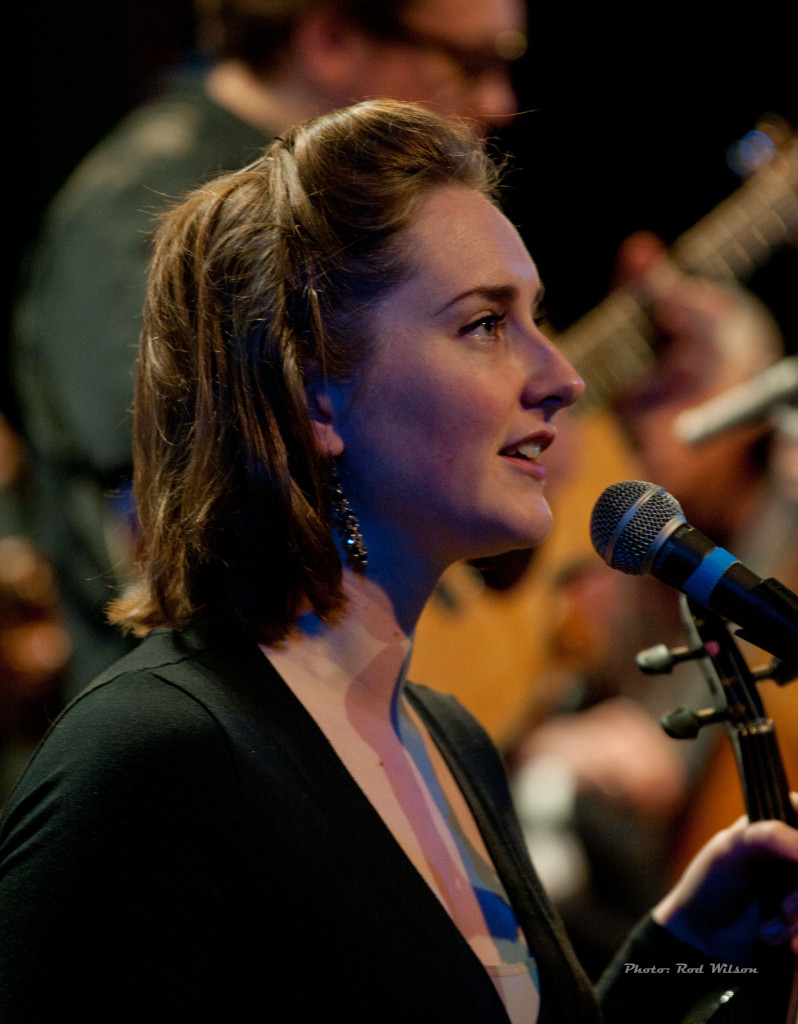
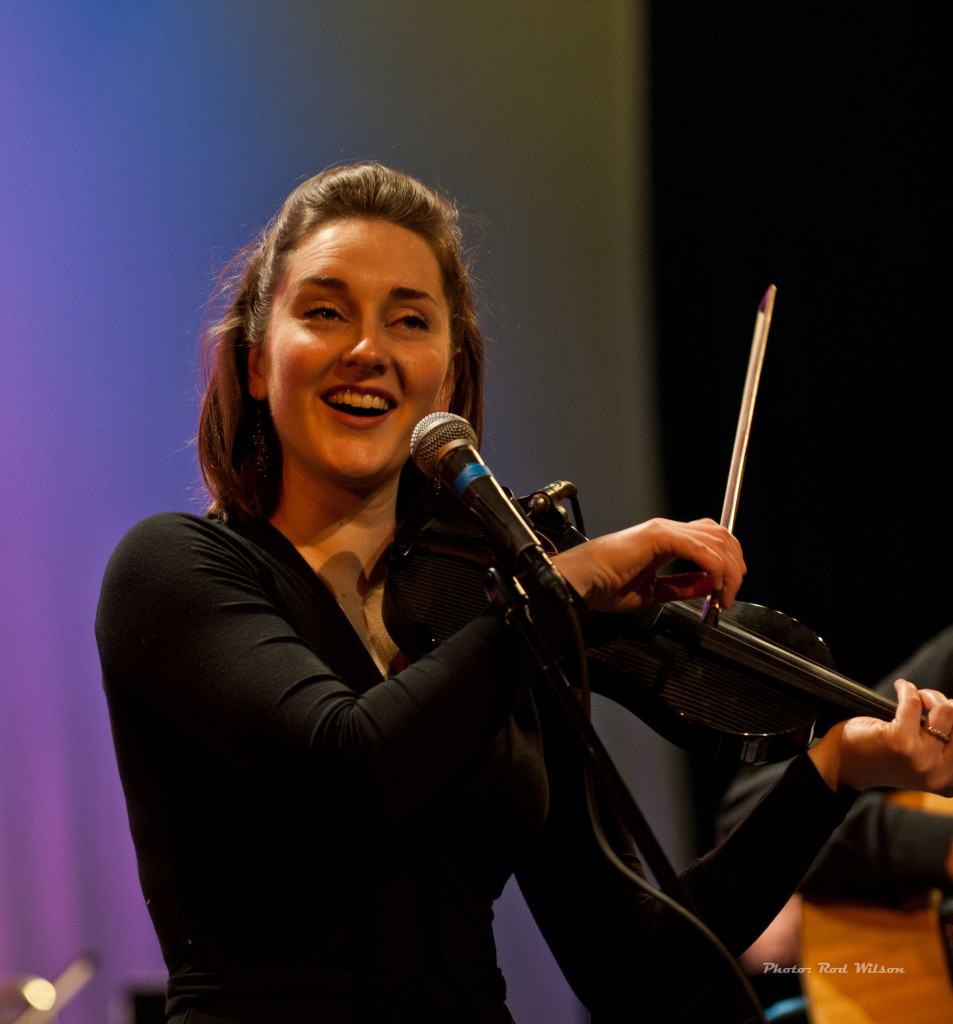
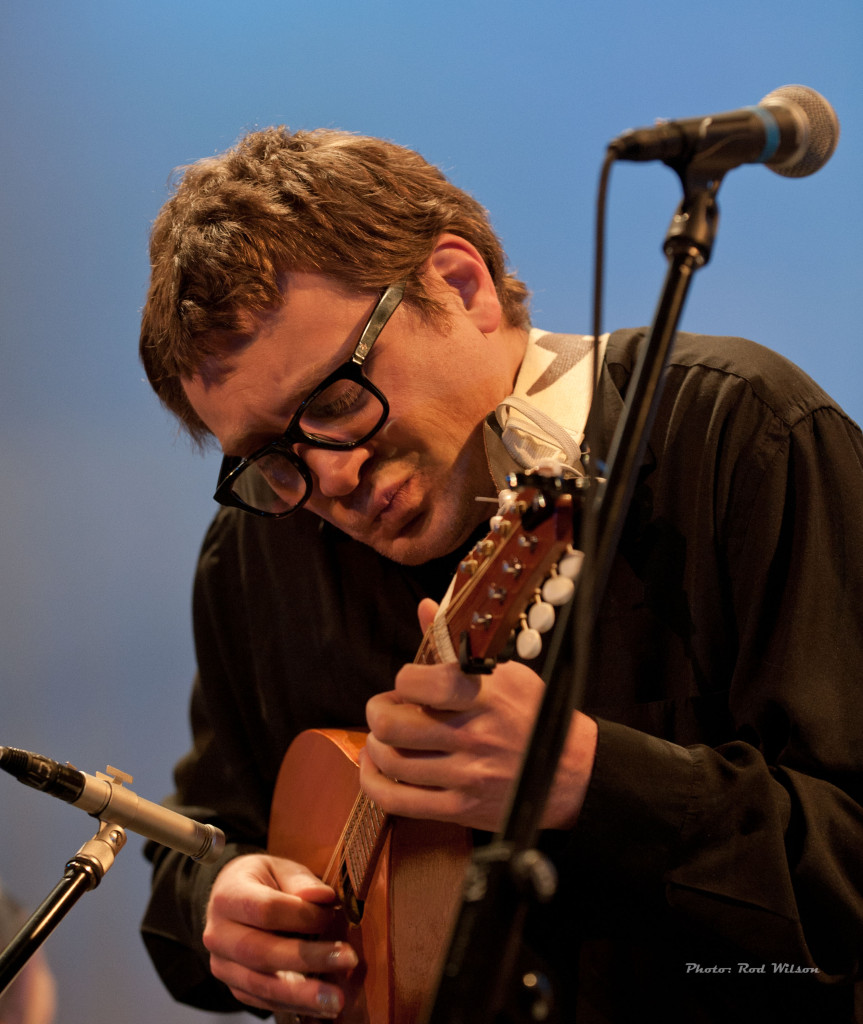
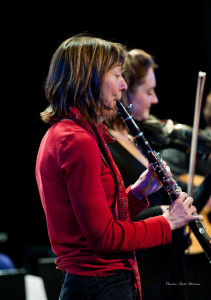
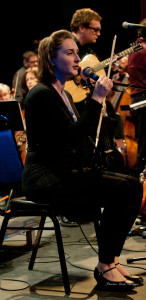
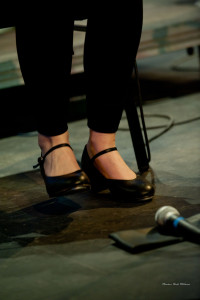
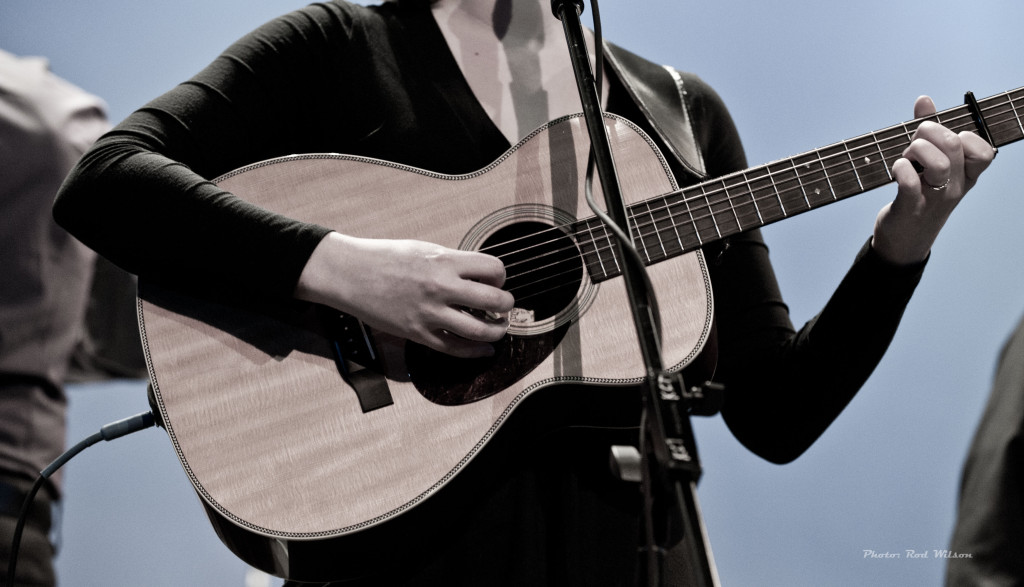
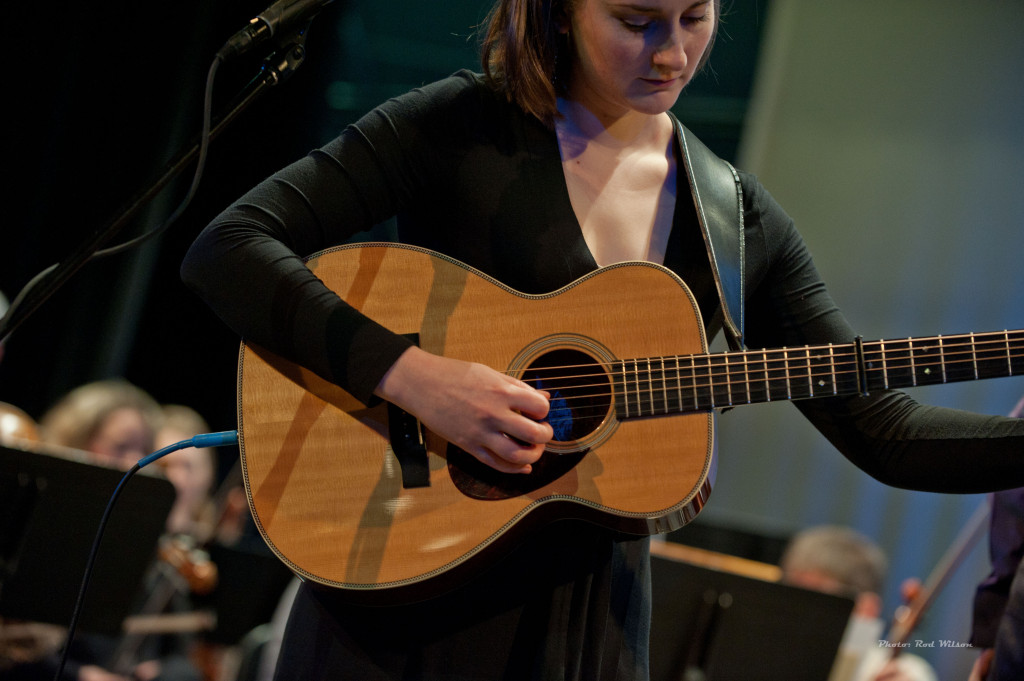

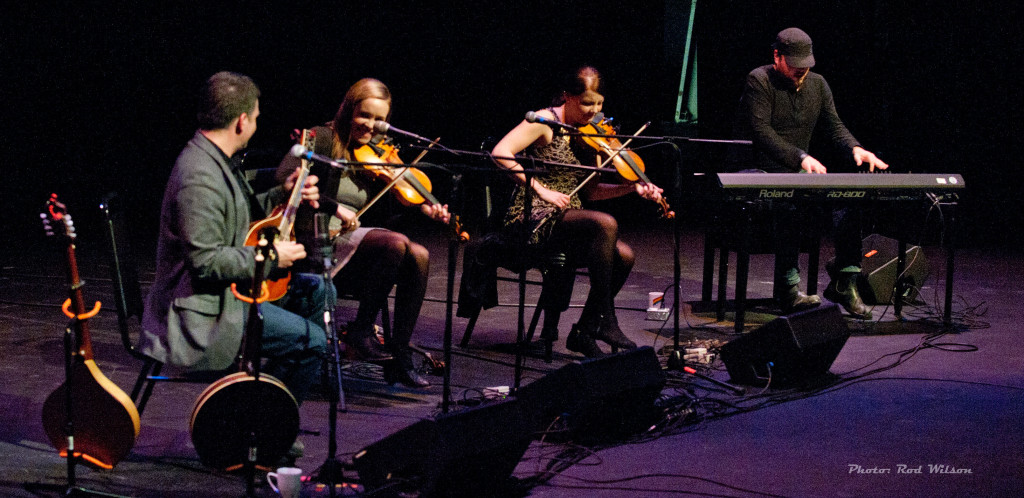 It goes without saying this was a night of brilliant music with lots of foot stomping fiddle duets, tenor banjo, bouzouki and mandolin leads all backed by Jason’s thunderous Cape Breton piano. The band performed a selection of tune sets from their album Five. Tunes included Bad Day at the Beach, The Oak Tree Set, Choufflé Soufflé, SR (Strathspey/ Reel) Set and others. Rachel Davis sang Bob Dylan’s classic ballad Tomorrow is a Long Time and Dougie MacLean’s She Loves Me when I Try. On keyboard Jason Roach performed an extended solo set that included Sleepy Maggie. Here are some images from the evening.
It goes without saying this was a night of brilliant music with lots of foot stomping fiddle duets, tenor banjo, bouzouki and mandolin leads all backed by Jason’s thunderous Cape Breton piano. The band performed a selection of tune sets from their album Five. Tunes included Bad Day at the Beach, The Oak Tree Set, Choufflé Soufflé, SR (Strathspey/ Reel) Set and others. Rachel Davis sang Bob Dylan’s classic ballad Tomorrow is a Long Time and Dougie MacLean’s She Loves Me when I Try. On keyboard Jason Roach performed an extended solo set that included Sleepy Maggie. Here are some images from the evening.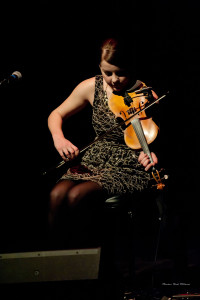

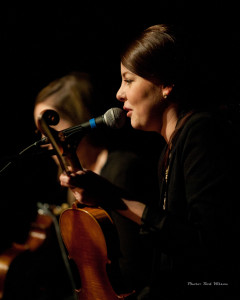
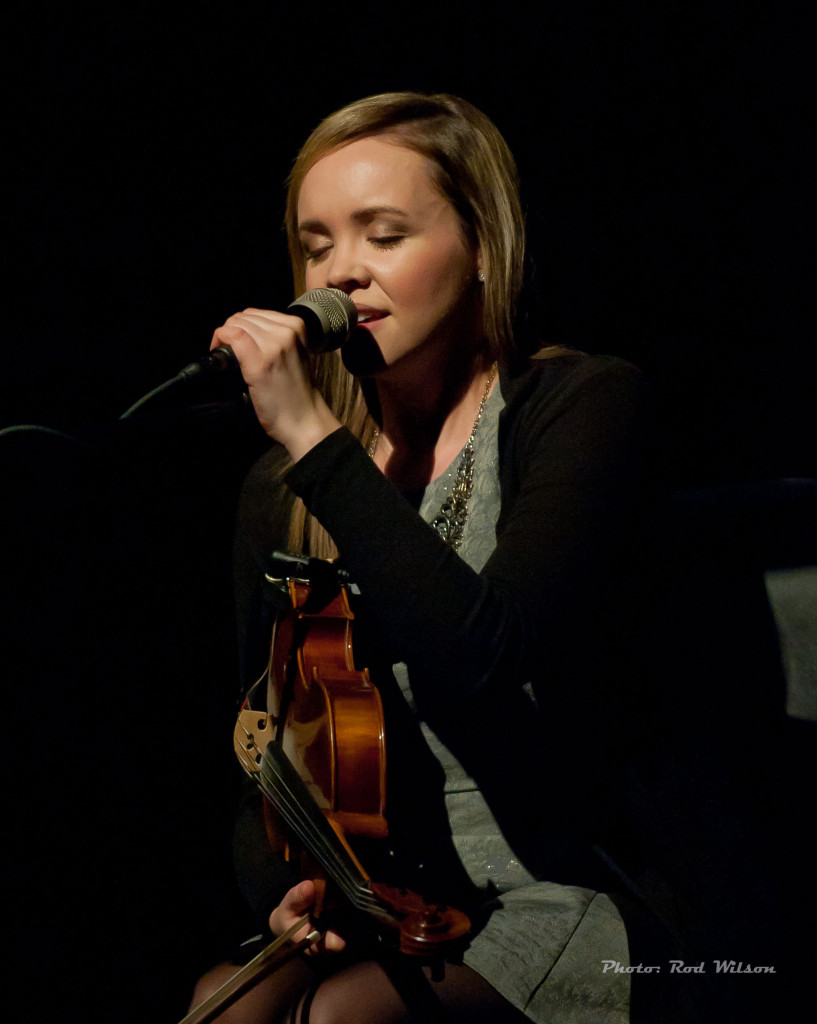
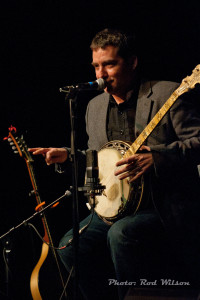

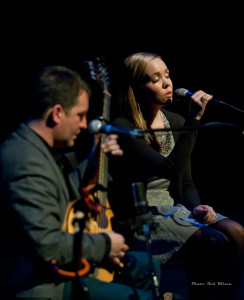
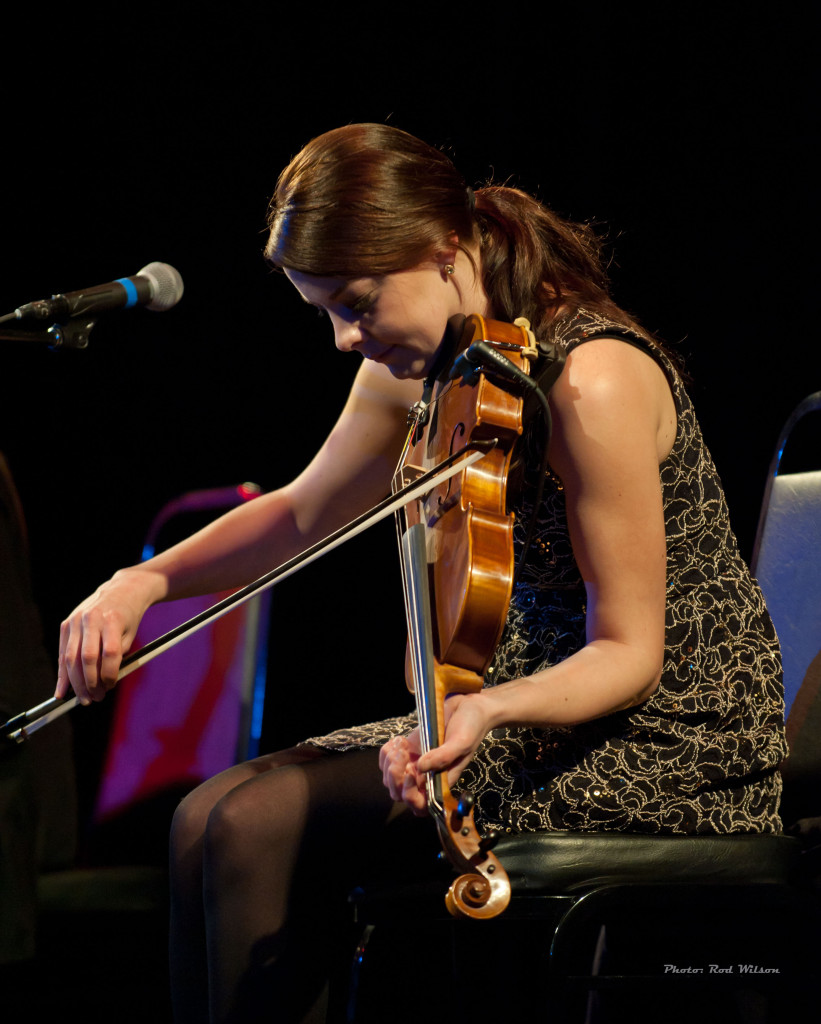
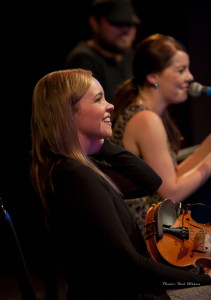
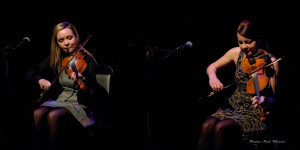


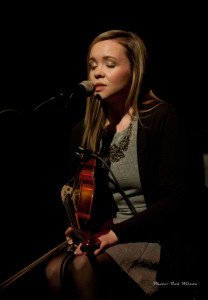
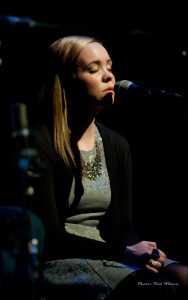
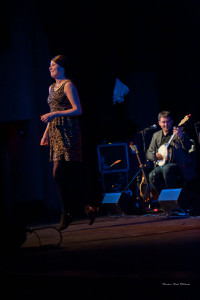
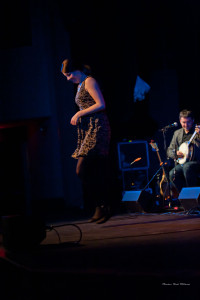
 guitar based? Actually it was refreshing not hear a batch of guitars thumping away. After all there is more to music than three guitars and a thudding back beat. Without guitars and with the addition of bouzouki, banjo and mandolin the music had a whole different sonic ambience. On this trip his arsenal was restricted to just the Irish tenor banjo, mandolin and Irish bouzouki. There is only so much excess baggage that you can cram onto a plane. Darren plays a 19 fret Irish tenor banjo tuned GDAE played mandolin style with a pick. It requires a different musical approach to the usual Bluegrass and Clawhammer styles of banjo playing. This instrument is not necessarily a chordal instrument. Rather its strength is in single linear melody lines and
guitar based? Actually it was refreshing not hear a batch of guitars thumping away. After all there is more to music than three guitars and a thudding back beat. Without guitars and with the addition of bouzouki, banjo and mandolin the music had a whole different sonic ambience. On this trip his arsenal was restricted to just the Irish tenor banjo, mandolin and Irish bouzouki. There is only so much excess baggage that you can cram onto a plane. Darren plays a 19 fret Irish tenor banjo tuned GDAE played mandolin style with a pick. It requires a different musical approach to the usual Bluegrass and Clawhammer styles of banjo playing. This instrument is not necessarily a chordal instrument. Rather its strength is in single linear melody lines and 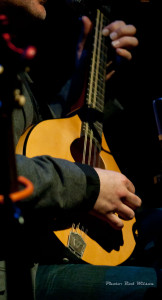 leads. When played solo it does not have a pleasant sound. However, in ensemble situations its loud percussive notes adds rhythm and punch to melody lines. It is particularly effective when played in unison with other melody instruments such as fiddle and accordions. Darren also plays a Bruce Weber Irish Bouzouki. For those unfamiliar with the Irish bouzouki it is a mandolin styled instrument (“a mandolin on steroids”) that originally started out as the Greek Bouzouki before Irish musicians adopted it in the mid-1960s. Darren’s instrument is a custom built instrument designed to have a high tight sound that doesn’t conflict with the bass register of Jason’s Cape Breton style piano. Last but not least is his
leads. When played solo it does not have a pleasant sound. However, in ensemble situations its loud percussive notes adds rhythm and punch to melody lines. It is particularly effective when played in unison with other melody instruments such as fiddle and accordions. Darren also plays a Bruce Weber Irish Bouzouki. For those unfamiliar with the Irish bouzouki it is a mandolin styled instrument (“a mandolin on steroids”) that originally started out as the Greek Bouzouki before Irish musicians adopted it in the mid-1960s. Darren’s instrument is a custom built instrument designed to have a high tight sound that doesn’t conflict with the bass register of Jason’s Cape Breton style piano. Last but not least is his 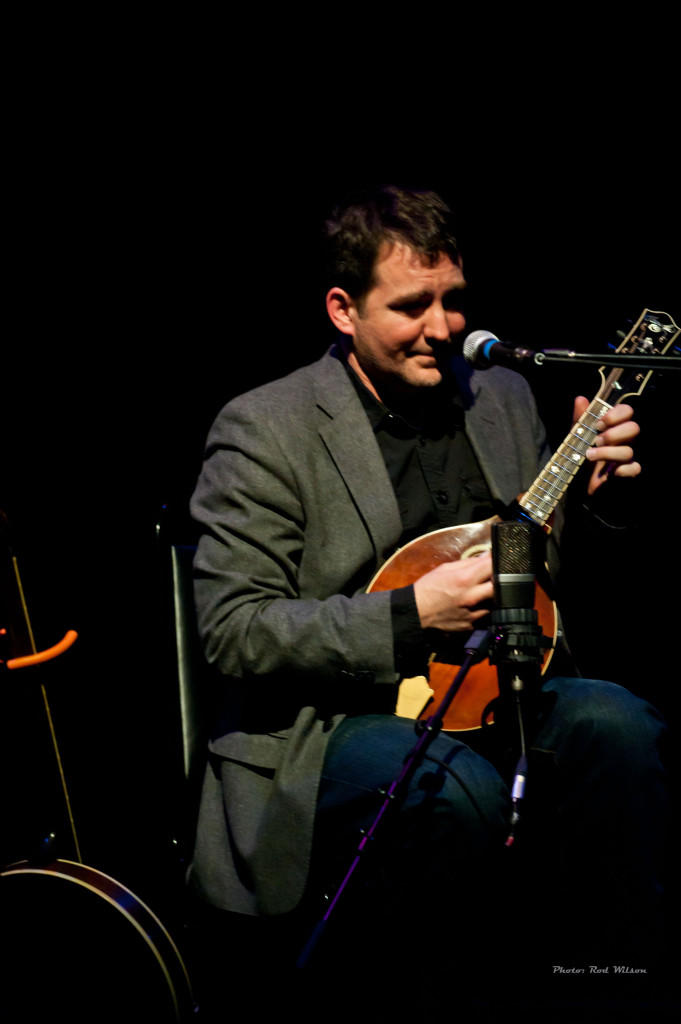
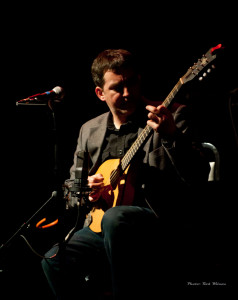
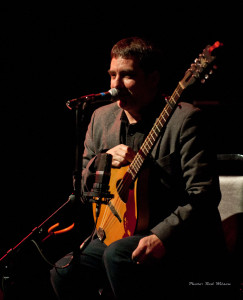
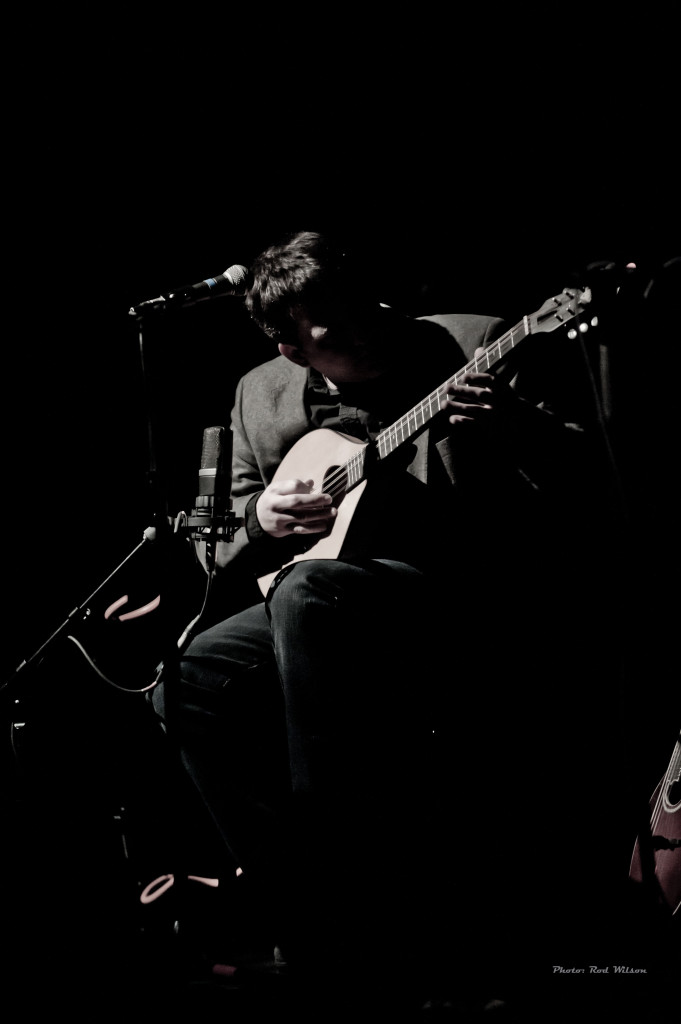

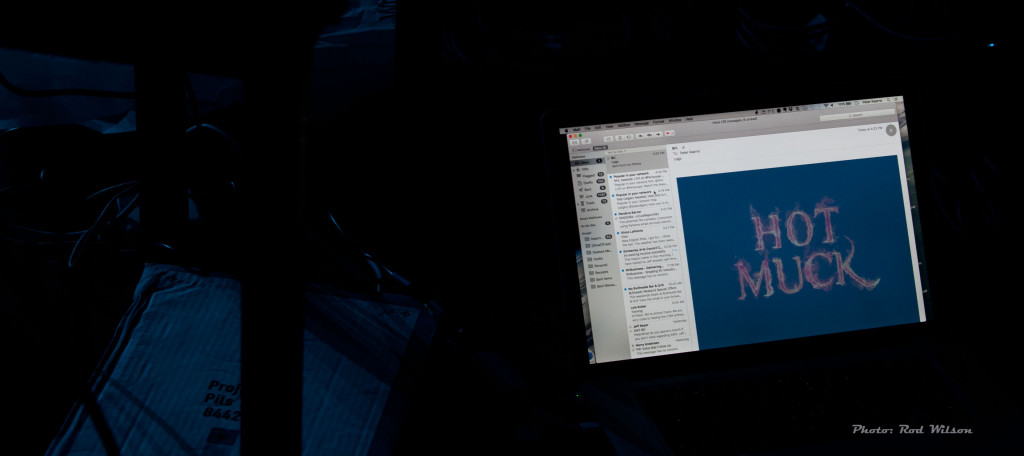
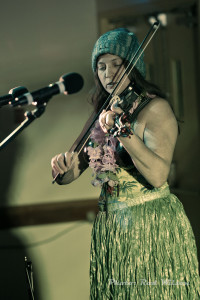
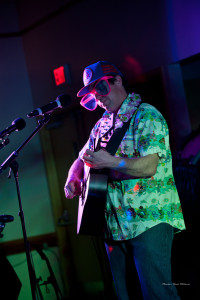
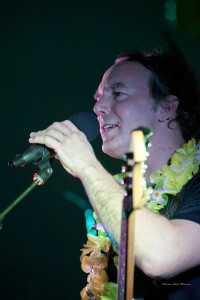

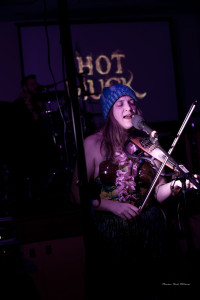
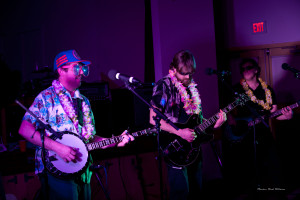

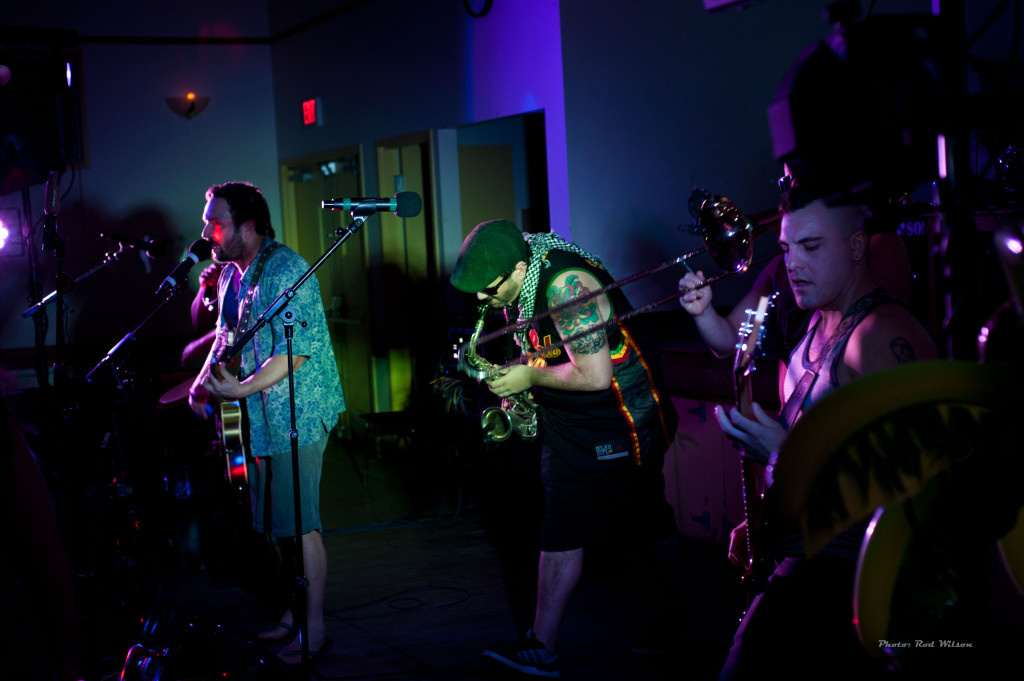
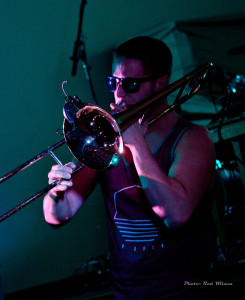
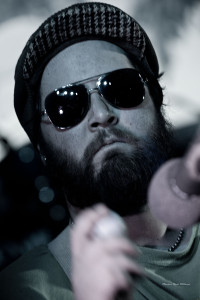
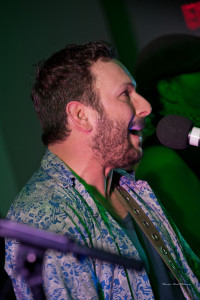
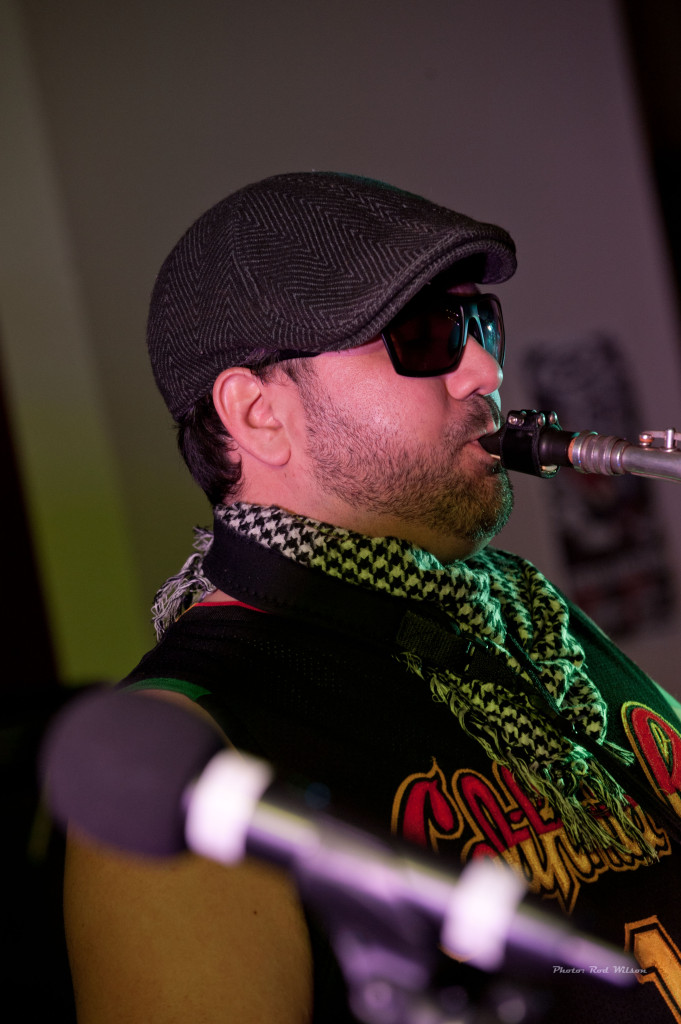

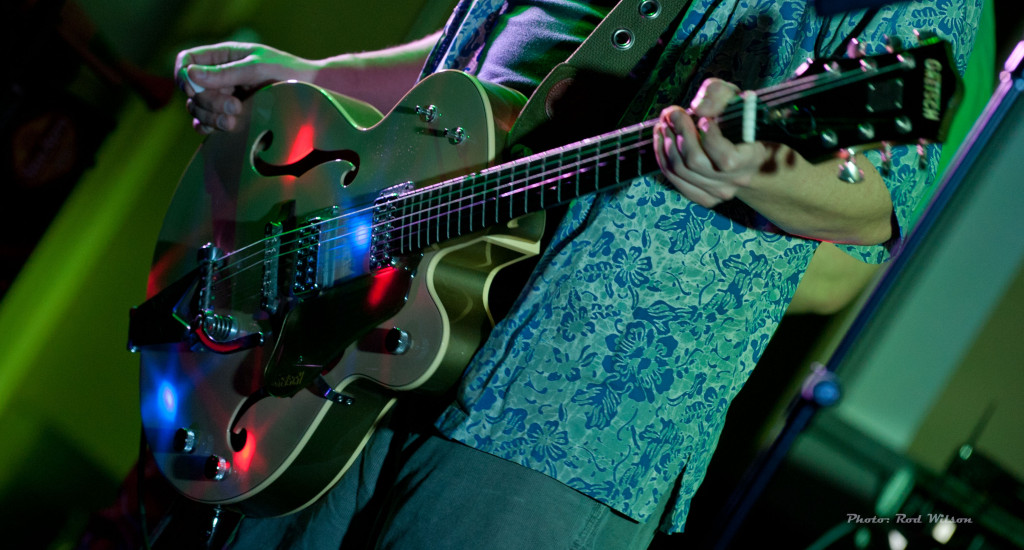
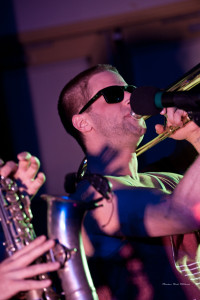
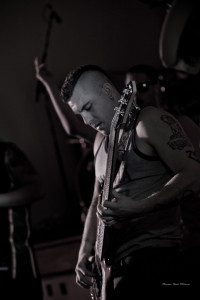

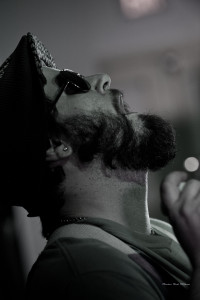

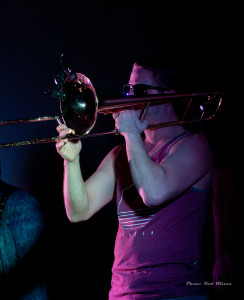
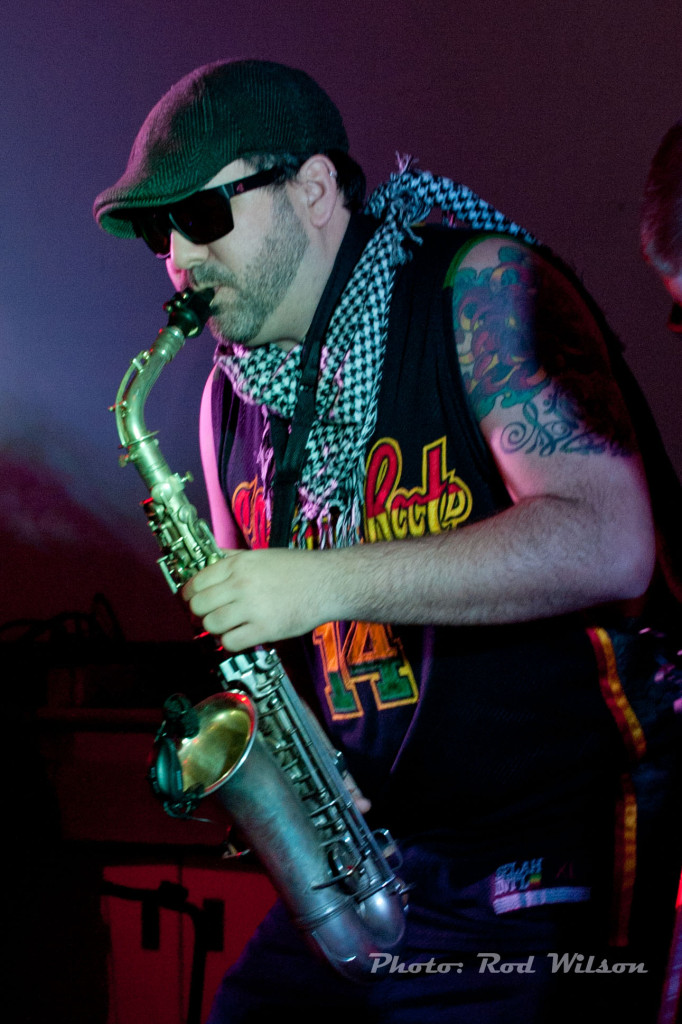
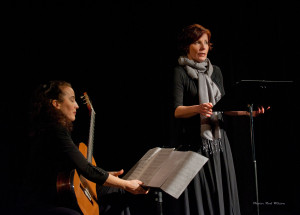

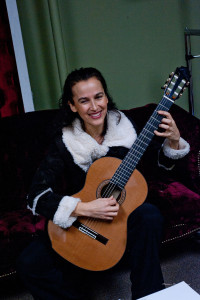


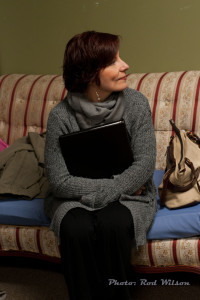
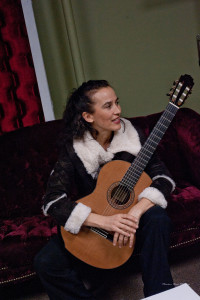
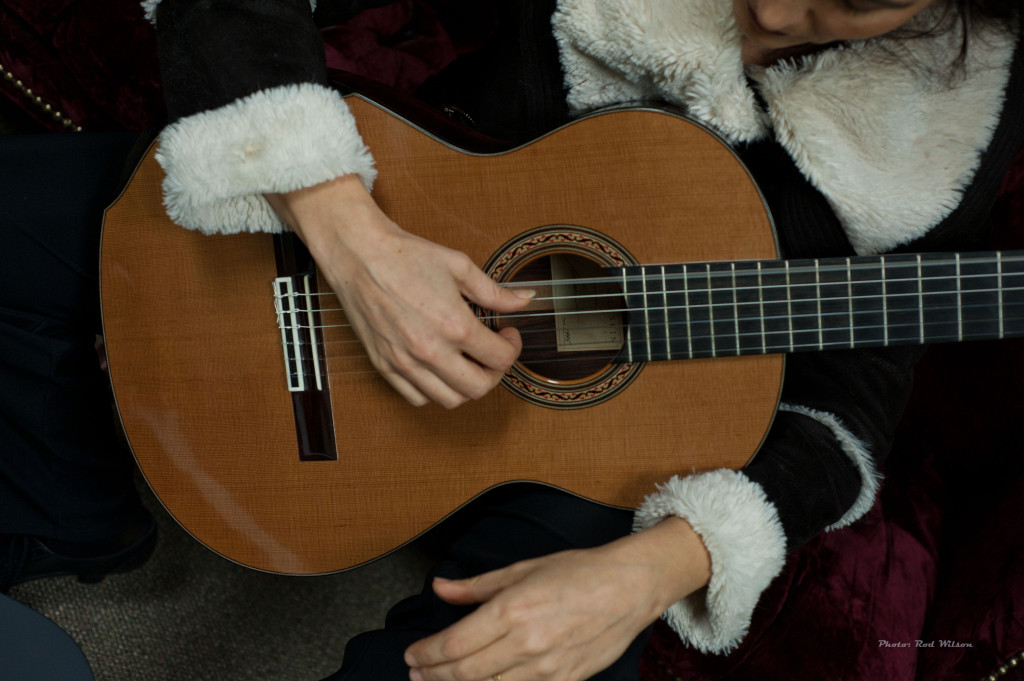 Some images from the concert:
Some images from the concert:
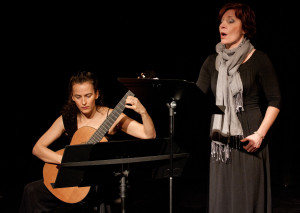

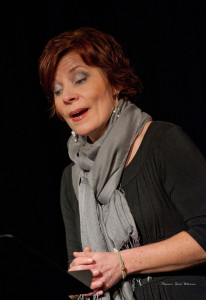

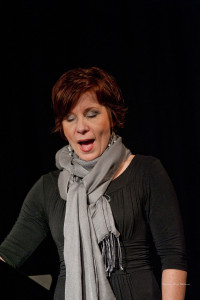

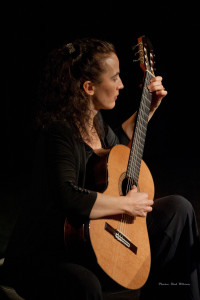

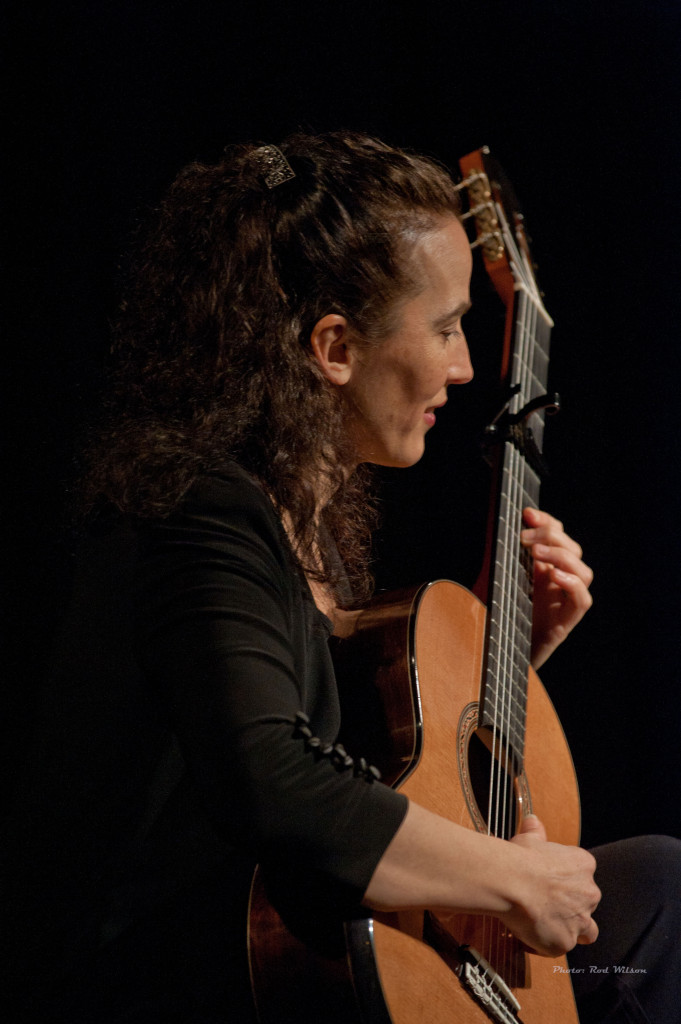
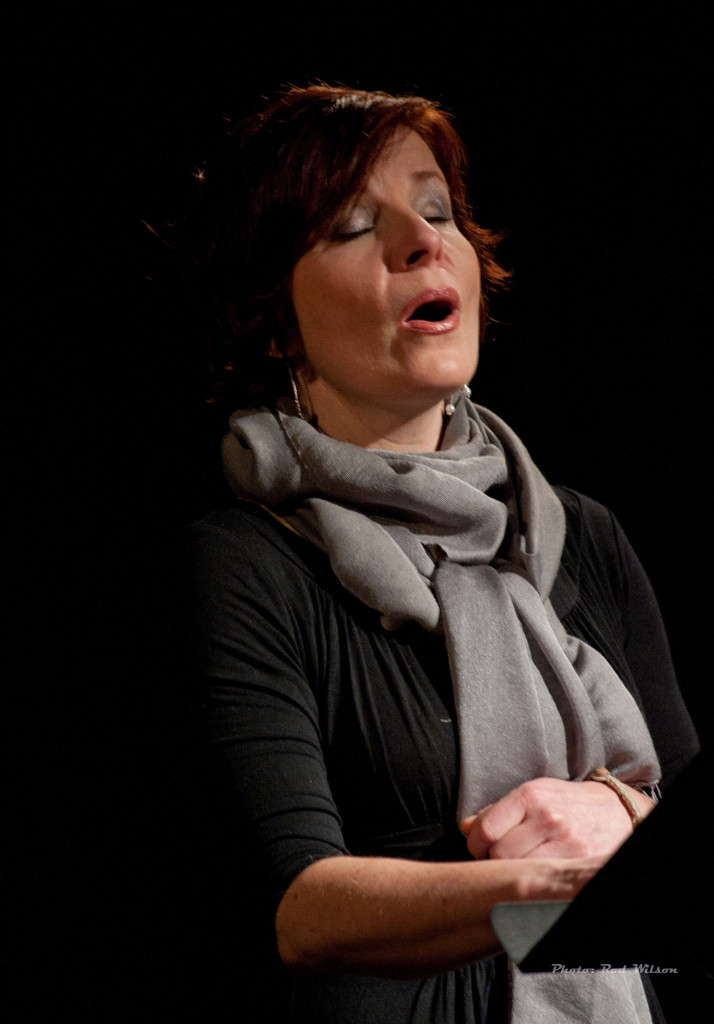


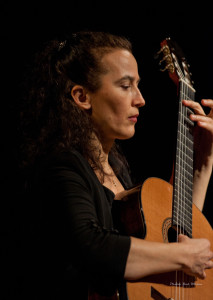
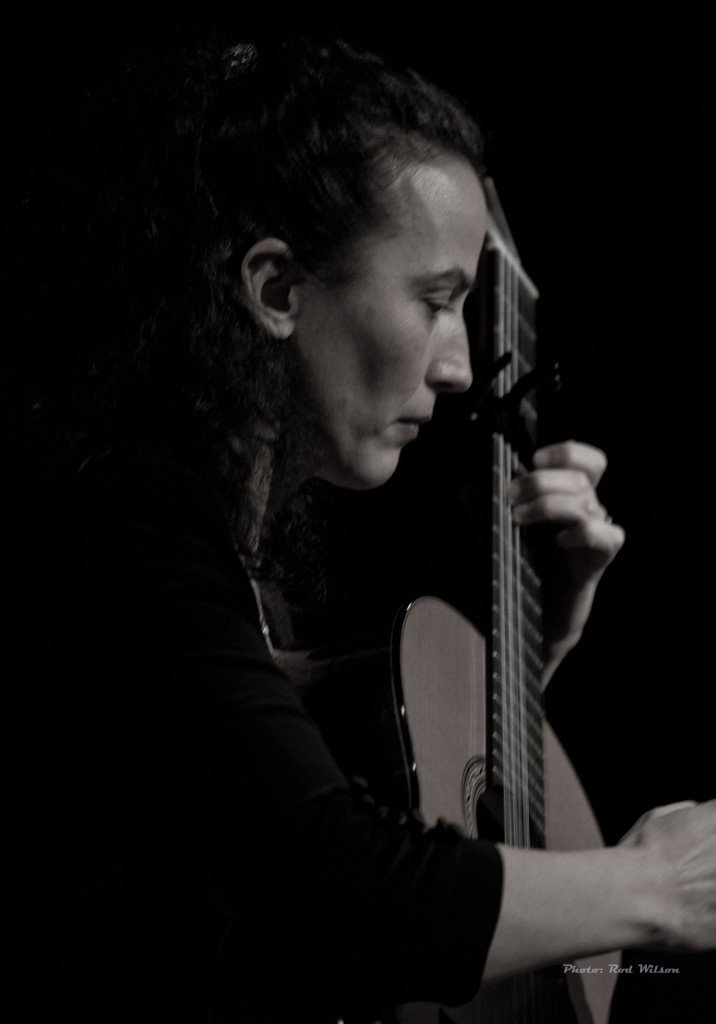
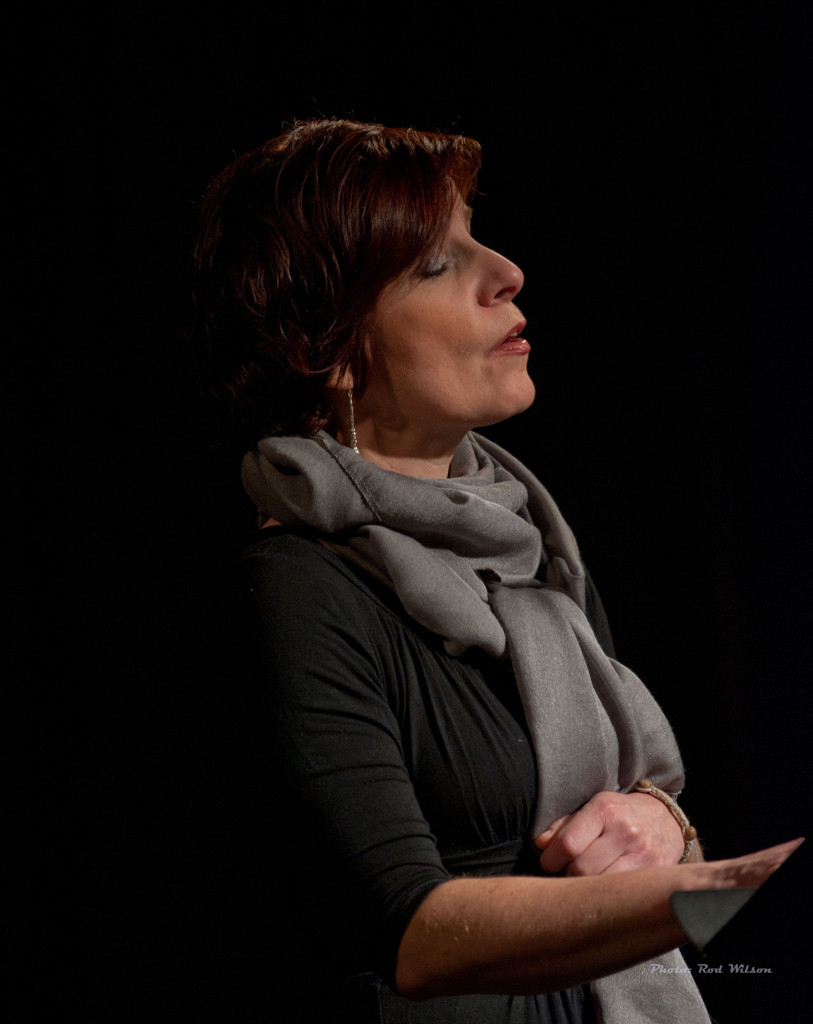
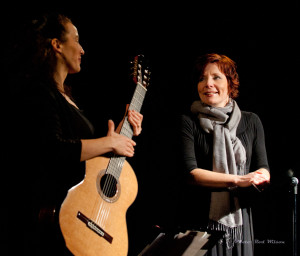
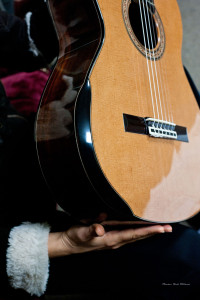
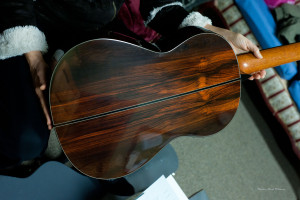
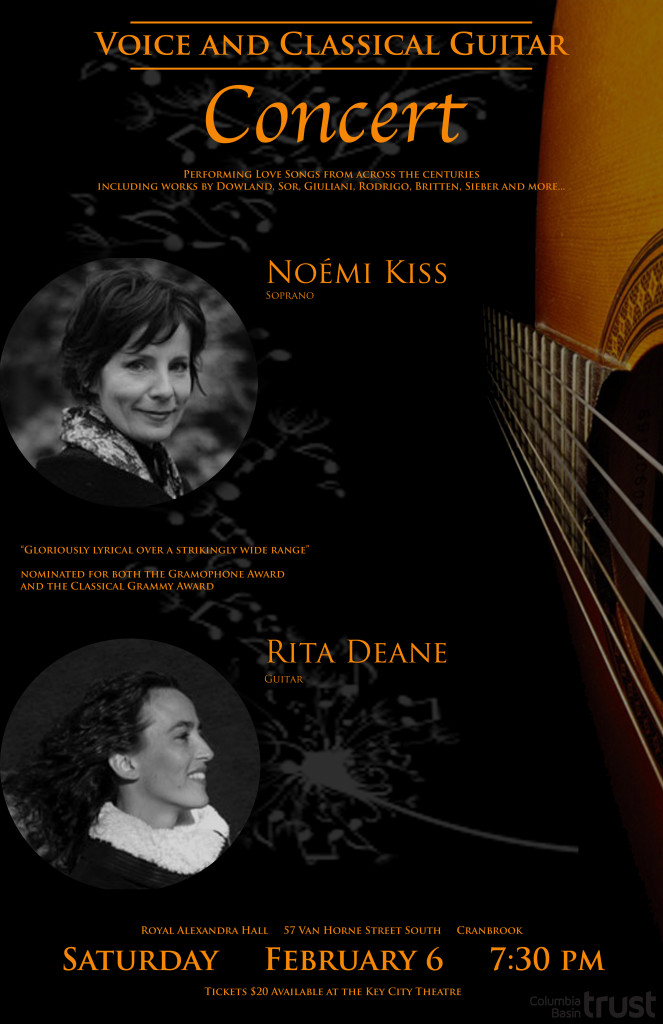
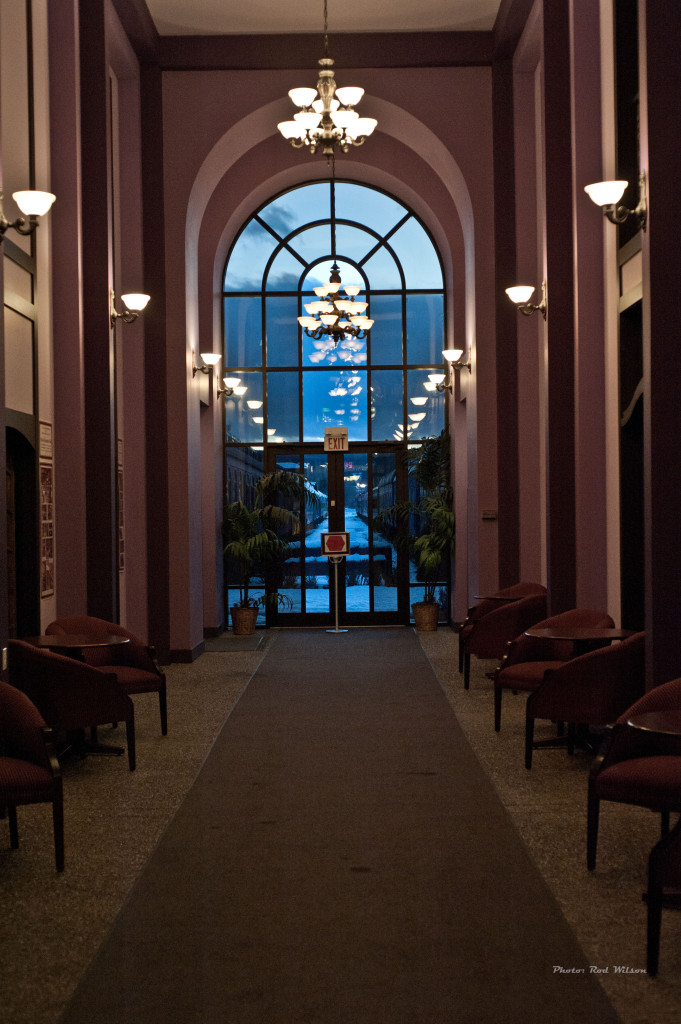
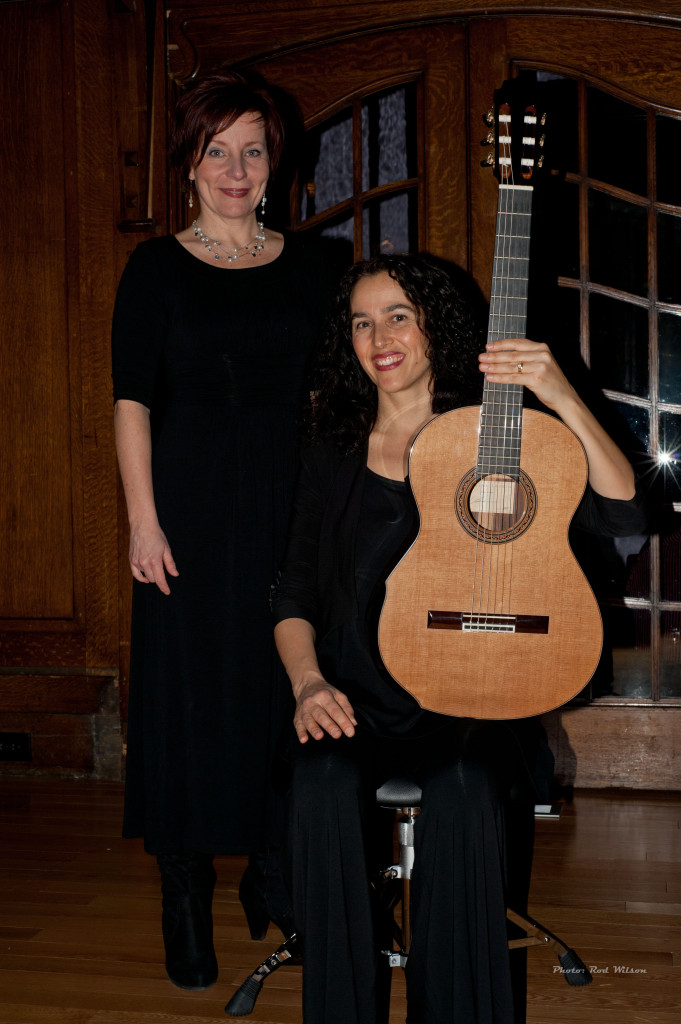
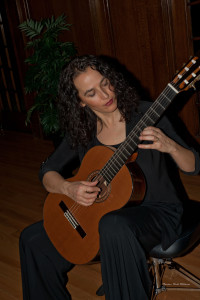
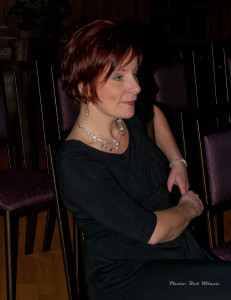
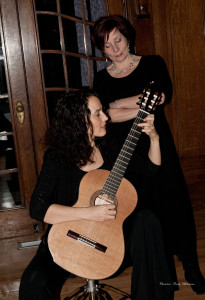

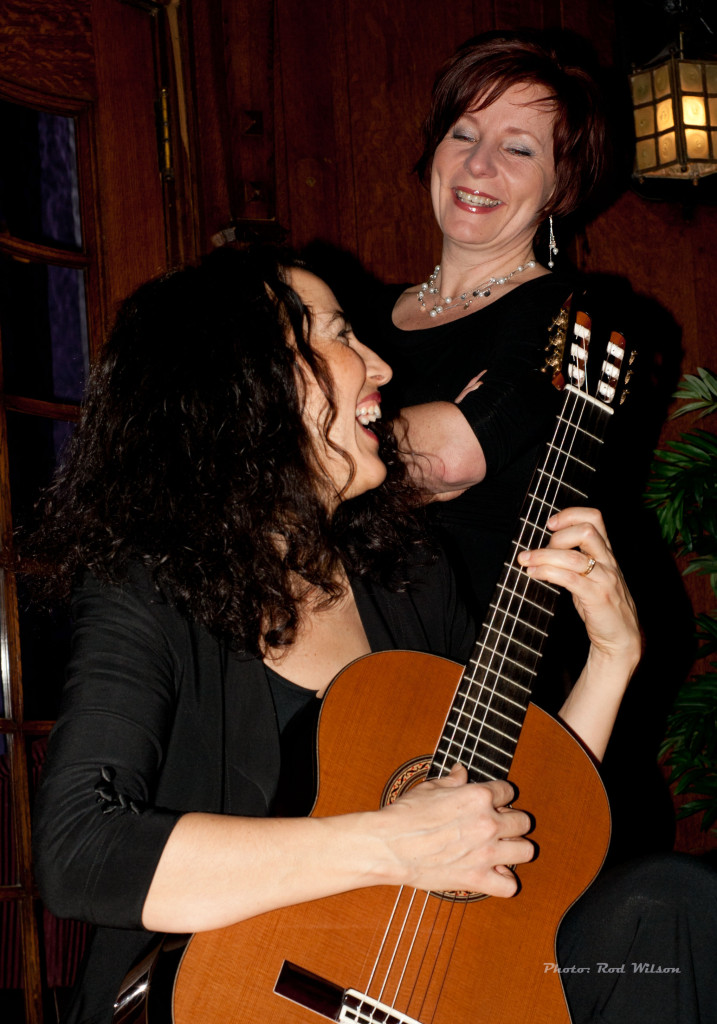
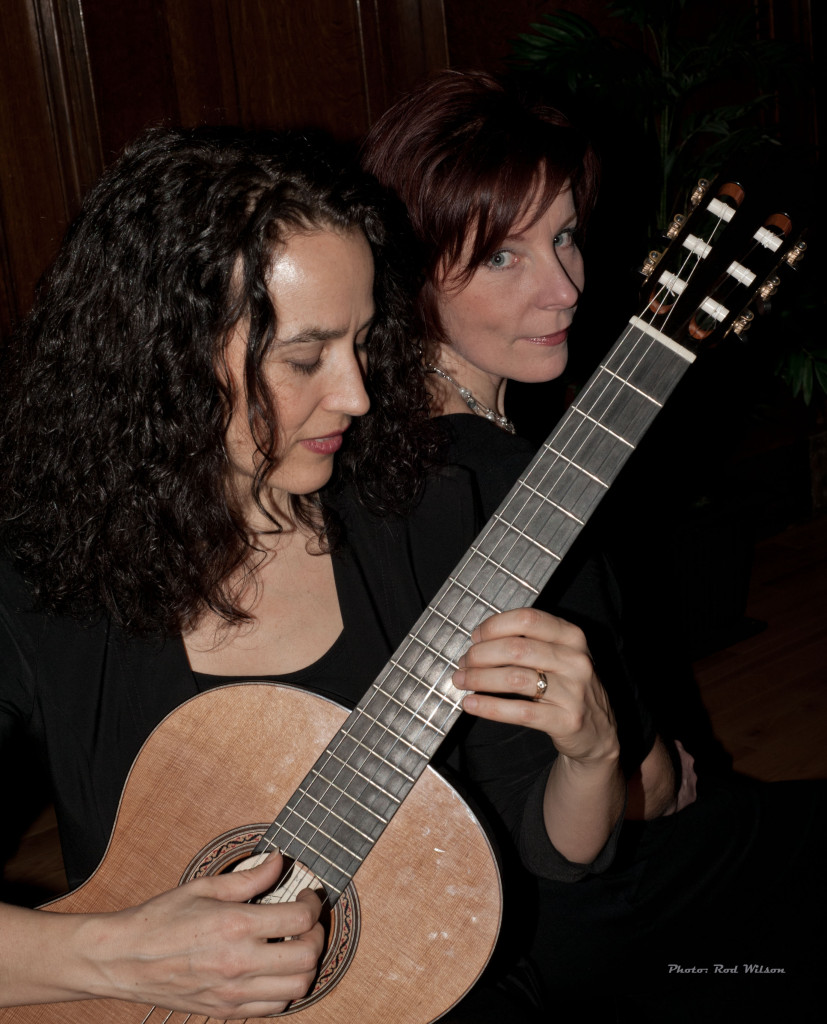
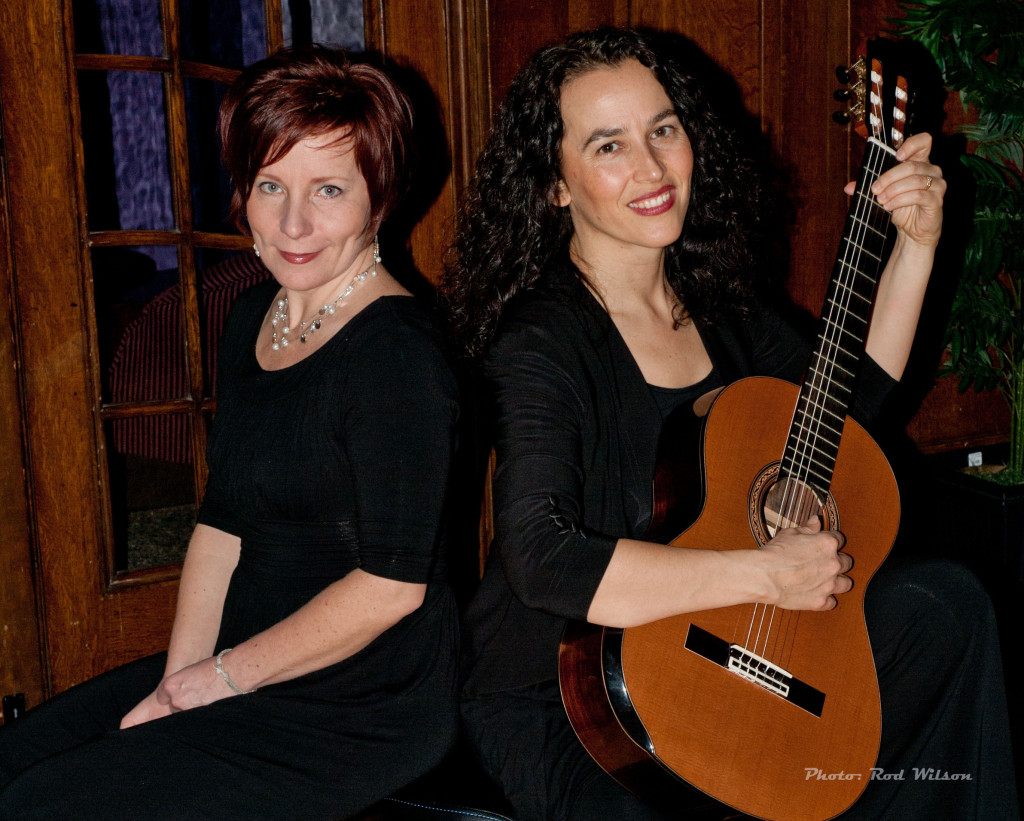
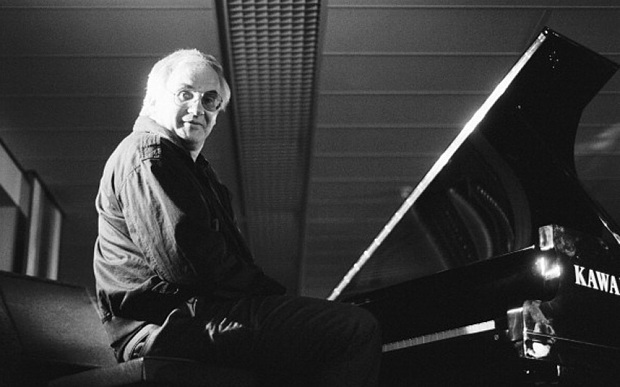
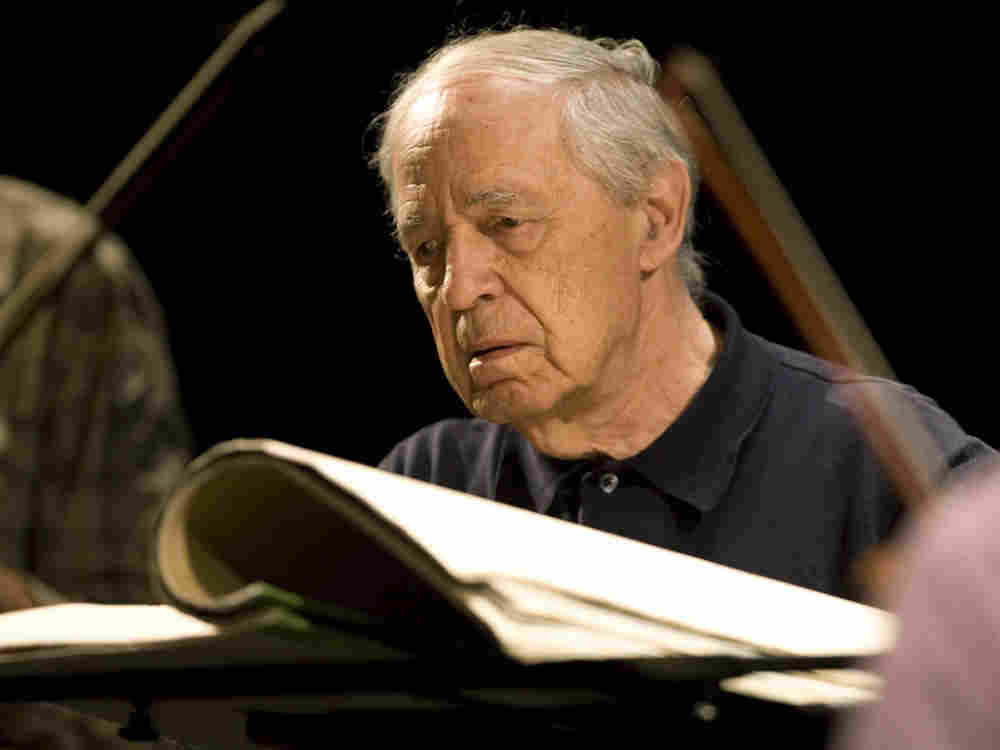
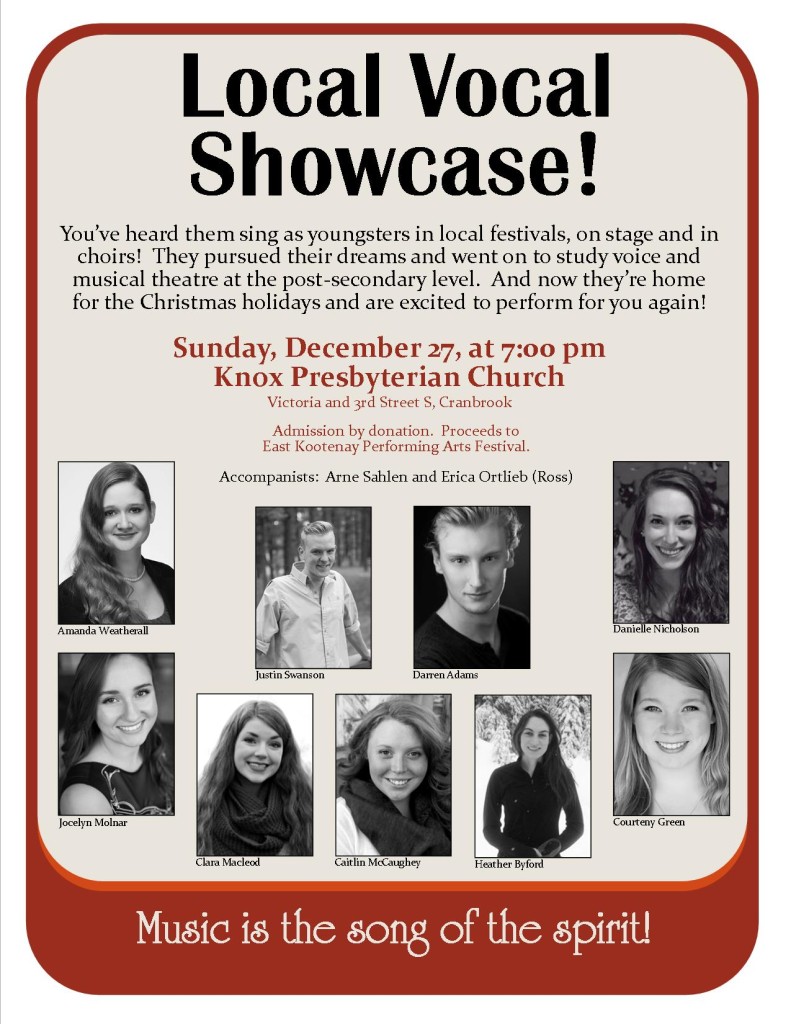
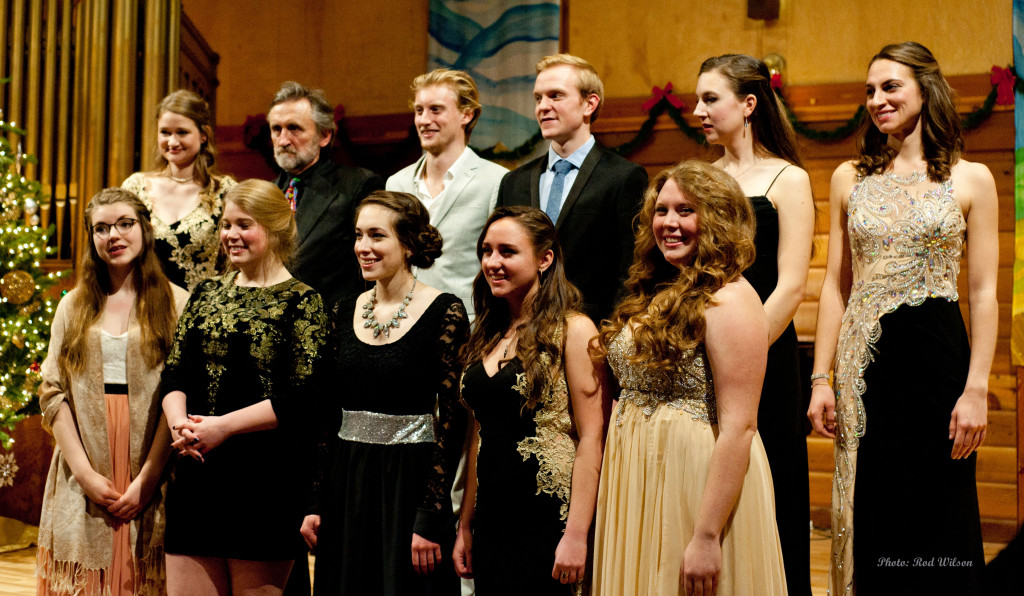
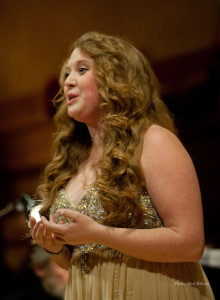 Dr. Darryl Edwards and during this past summer she attended the Centre for Opera Studies in Italy. For this concert she performed Quando men vo from Giacomo Puccini’s opera La Boheme. For her second piece she chose Ah! Je Veaux vivre from Charles Gounod’s Romeo and Juliet. Caitlin plans to pursue a professional career in Opera.
Dr. Darryl Edwards and during this past summer she attended the Centre for Opera Studies in Italy. For this concert she performed Quando men vo from Giacomo Puccini’s opera La Boheme. For her second piece she chose Ah! Je Veaux vivre from Charles Gounod’s Romeo and Juliet. Caitlin plans to pursue a professional career in Opera.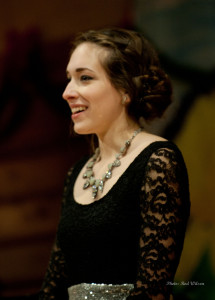 currently completing her A.R.C.T. Performance Diploma with the Royal Conservatory of Music and is planning to begin her BMus in Vocal Performance at either UBC, University of Toronto or McGill. She chose Must the Winter Come So Soon from Samuel Barber’s Vanessa and Faites-lui-mes aveux from Charles Gounod’s Faust.
currently completing her A.R.C.T. Performance Diploma with the Royal Conservatory of Music and is planning to begin her BMus in Vocal Performance at either UBC, University of Toronto or McGill. She chose Must the Winter Come So Soon from Samuel Barber’s Vanessa and Faites-lui-mes aveux from Charles Gounod’s Faust.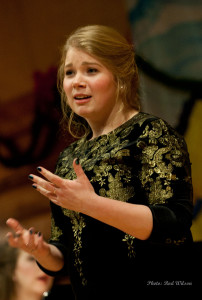 and choreographer at Stages School of Dancing in Golden. Her selections were Breathe from In the Heights by Lin-Manuel Miranda and Leonard Bertein’s Glitter and be Gay from Candide.
and choreographer at Stages School of Dancing in Golden. Her selections were Breathe from In the Heights by Lin-Manuel Miranda and Leonard Bertein’s Glitter and be Gay from Candide.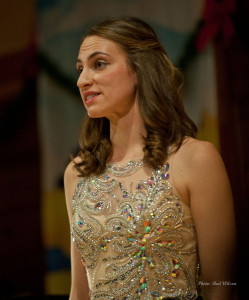 High School Heather attended the University of Lethbridge and obtained a Bachelor’s Degree in Classical Music with a major in Vocal Performance. She has returned to the East Kootenays with the intention of starting her own teaching studio. Heather selected La Mer est plus belle from the music by Claude Debussy and the poem by Paul Verlaine. Her second selection was Cruda Sorte! Gia so per practica from Giachino Rossini’s L’Italiana in Algeri.
High School Heather attended the University of Lethbridge and obtained a Bachelor’s Degree in Classical Music with a major in Vocal Performance. She has returned to the East Kootenays with the intention of starting her own teaching studio. Heather selected La Mer est plus belle from the music by Claude Debussy and the poem by Paul Verlaine. Her second selection was Cruda Sorte! Gia so per practica from Giachino Rossini’s L’Italiana in Algeri. 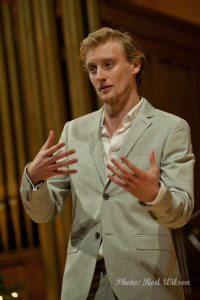 at Capilano University in Vancouver. Darren performed Try Me from Jerry Bock’s She Loves Me and Jason Robert Brown’s The Old Red Hills of Home from Parade. He was joined by Courtney Green for a duet performance of Jason Robert Brown’s I’d Give it all to You.
at Capilano University in Vancouver. Darren performed Try Me from Jerry Bock’s She Loves Me and Jason Robert Brown’s The Old Red Hills of Home from Parade. He was joined by Courtney Green for a duet performance of Jason Robert Brown’s I’d Give it all to You.
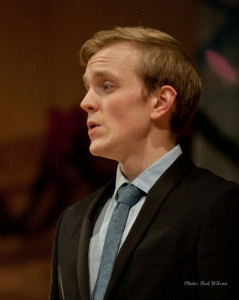 of Music. He has been studying for five years with aspirations of becoming an opera singer. He performed Francesco Paolo Tosti’s Ideale (lyrics by Carmelo Errico). He followed that up with a refreshing performance of the old war horse Mother Machree. He was joined on
of Music. He has been studying for five years with aspirations of becoming an opera singer. He performed Francesco Paolo Tosti’s Ideale (lyrics by Carmelo Errico). He followed that up with a refreshing performance of the old war horse Mother Machree. He was joined on  stage by Danielle Nicholson for a duet performance of Come What May from the Baz Luhrmann’s movie Moulin Rouge.
stage by Danielle Nicholson for a duet performance of Come What May from the Baz Luhrmann’s movie Moulin Rouge.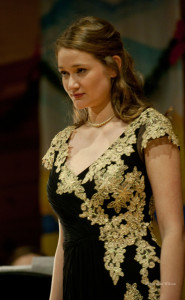 a fourth year vocal performance major at Western University studying under Todd Wieczorek. She has participated in professional development programs offered by the Canadian Operatic Arts Academy and the Accademia Europea Dell’Opera and is looking forward to her first full operatic role, Trisbe, in La Cenerentola. For performance on this evening she chose Charles Gounod’s Que fais-tu, blanche tourterelle? and Alma Mahler’s Laue Sommernacht (lyrics by Gustav Falke).
a fourth year vocal performance major at Western University studying under Todd Wieczorek. She has participated in professional development programs offered by the Canadian Operatic Arts Academy and the Accademia Europea Dell’Opera and is looking forward to her first full operatic role, Trisbe, in La Cenerentola. For performance on this evening she chose Charles Gounod’s Que fais-tu, blanche tourterelle? and Alma Mahler’s Laue Sommernacht (lyrics by Gustav Falke).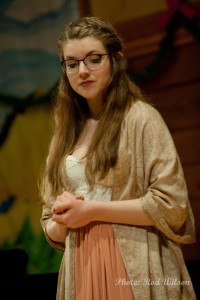 back in the area and for her performance this evening she chose A Change in me from Alan Menken’s Beauty and the Beast and How Lovely to be a Woman from Charles Strauss’ Bye Bye Birdie.
back in the area and for her performance this evening she chose A Change in me from Alan Menken’s Beauty and the Beast and How Lovely to be a Woman from Charles Strauss’ Bye Bye Birdie.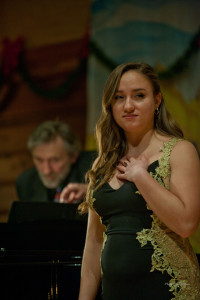 from Capilano University in 2014 and has also received a significant number of awards and scholarships. For the evening’s performance she chose Frere! Voyez! du gai Soleil from Jules Massenet’s Werther and Ah, Love, but a Day written by Amy Marcy Beach. Amanda Weather and Caitlin McCaughey returned to the stage for a duet performance of Leo Delibes Sous le Dome epais from Lakme. Amanda sang the mezzo-soprano part and Caitlin the soprano part. As always, this was an extremely popular selection. And not be forgotten the accompanists for the evening were Arne Sahlen and Erica Ortlieb (Ross). Arne’s solo performances of We Three Kings and Beethoven’s second movement of the Pathetique were enjoyable instrumental interludes in a night of vocal music.
from Capilano University in 2014 and has also received a significant number of awards and scholarships. For the evening’s performance she chose Frere! Voyez! du gai Soleil from Jules Massenet’s Werther and Ah, Love, but a Day written by Amy Marcy Beach. Amanda Weather and Caitlin McCaughey returned to the stage for a duet performance of Leo Delibes Sous le Dome epais from Lakme. Amanda sang the mezzo-soprano part and Caitlin the soprano part. As always, this was an extremely popular selection. And not be forgotten the accompanists for the evening were Arne Sahlen and Erica Ortlieb (Ross). Arne’s solo performances of We Three Kings and Beethoven’s second movement of the Pathetique were enjoyable instrumental interludes in a night of vocal music.